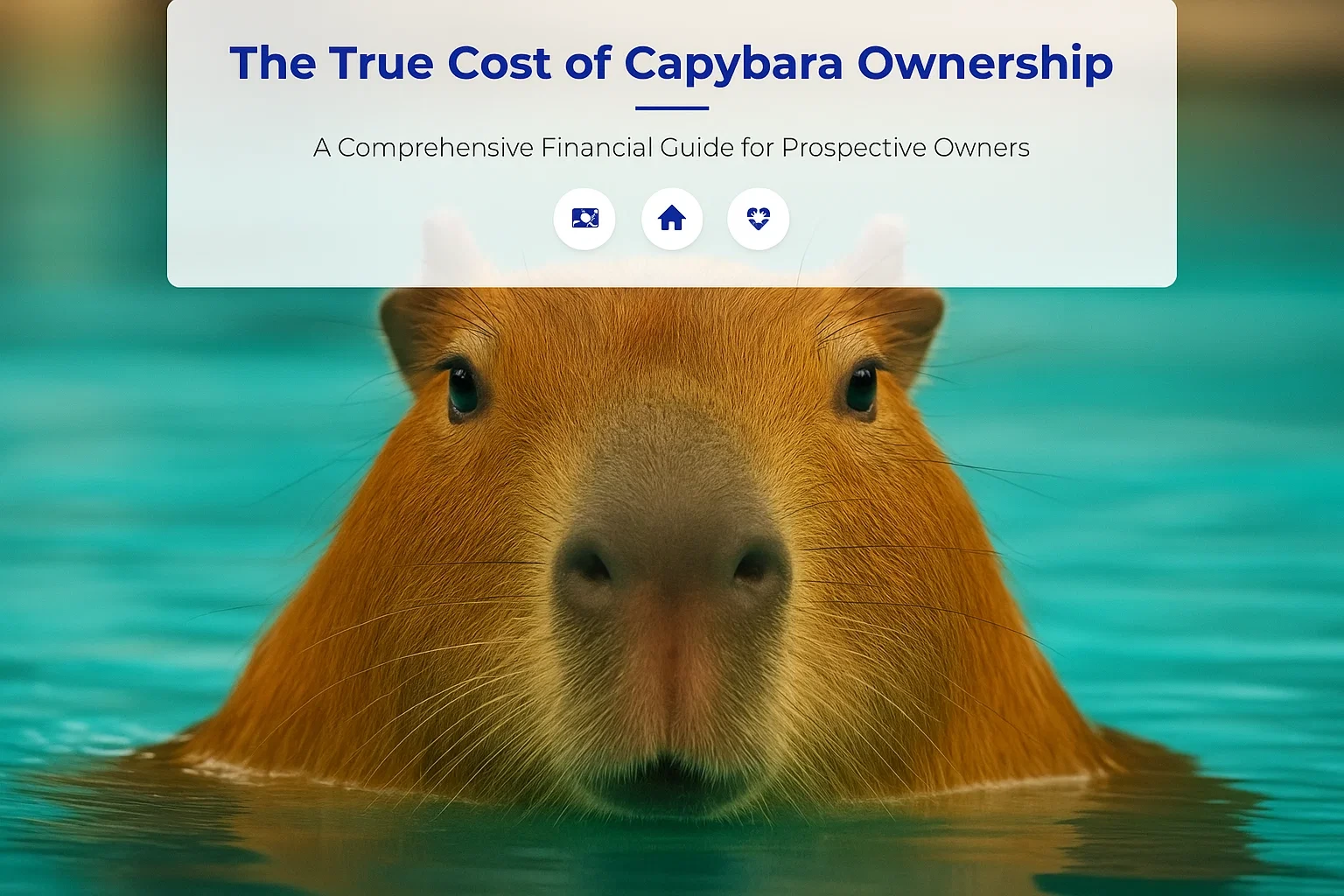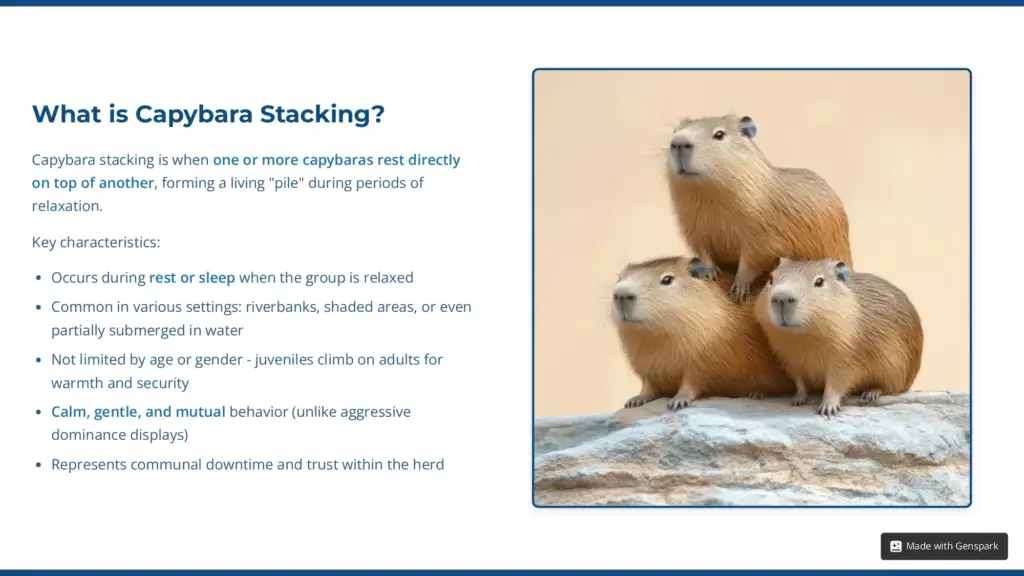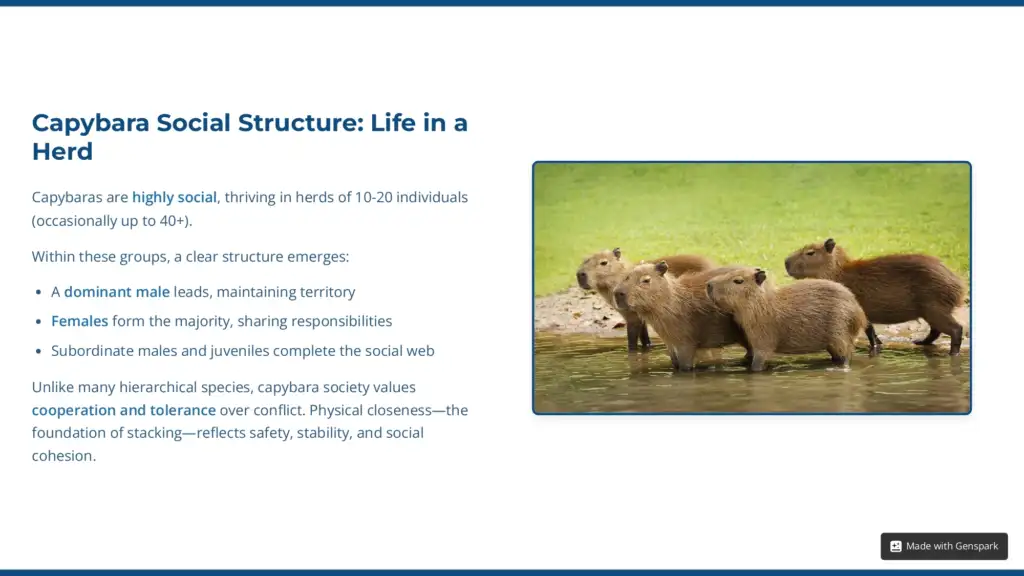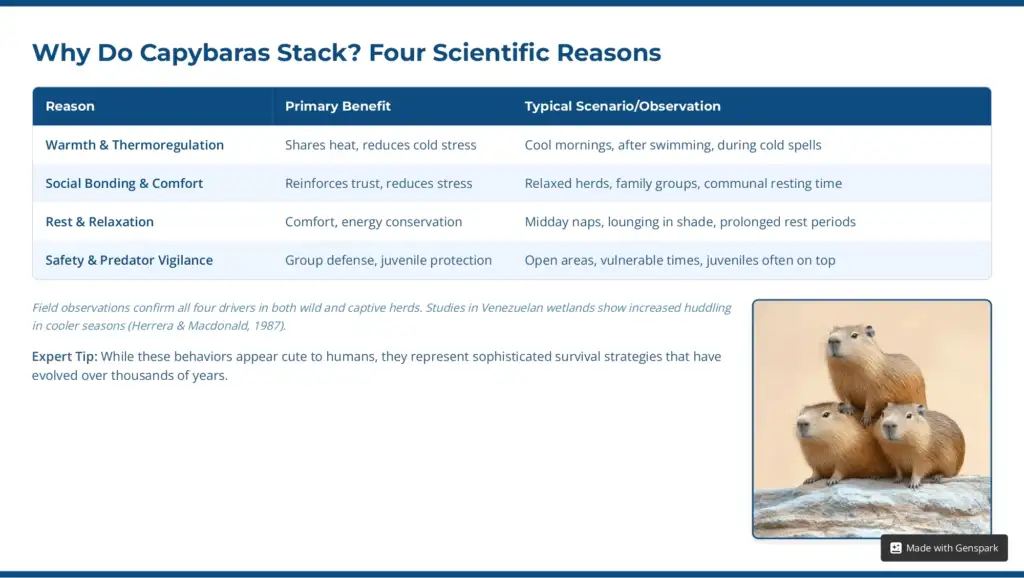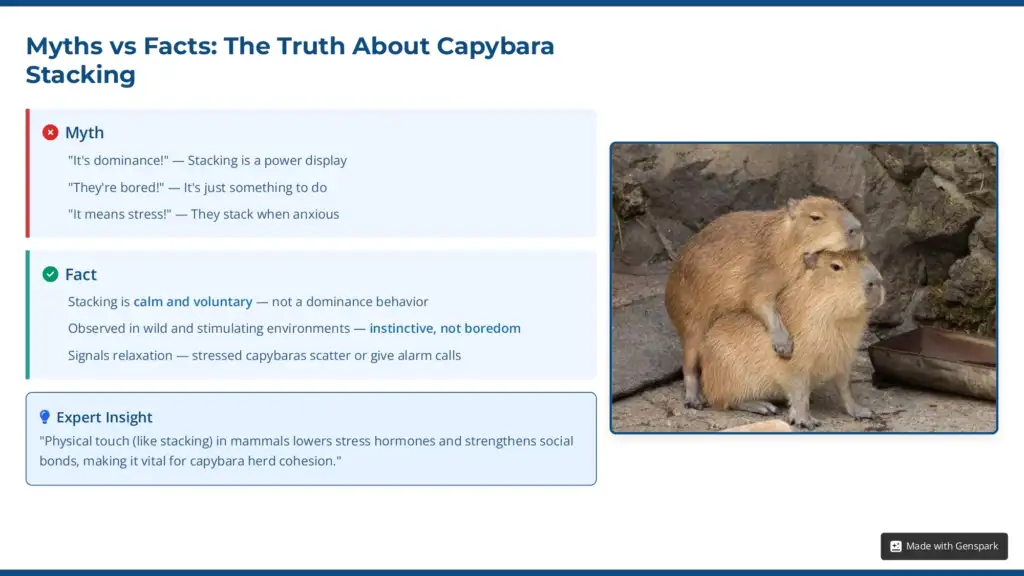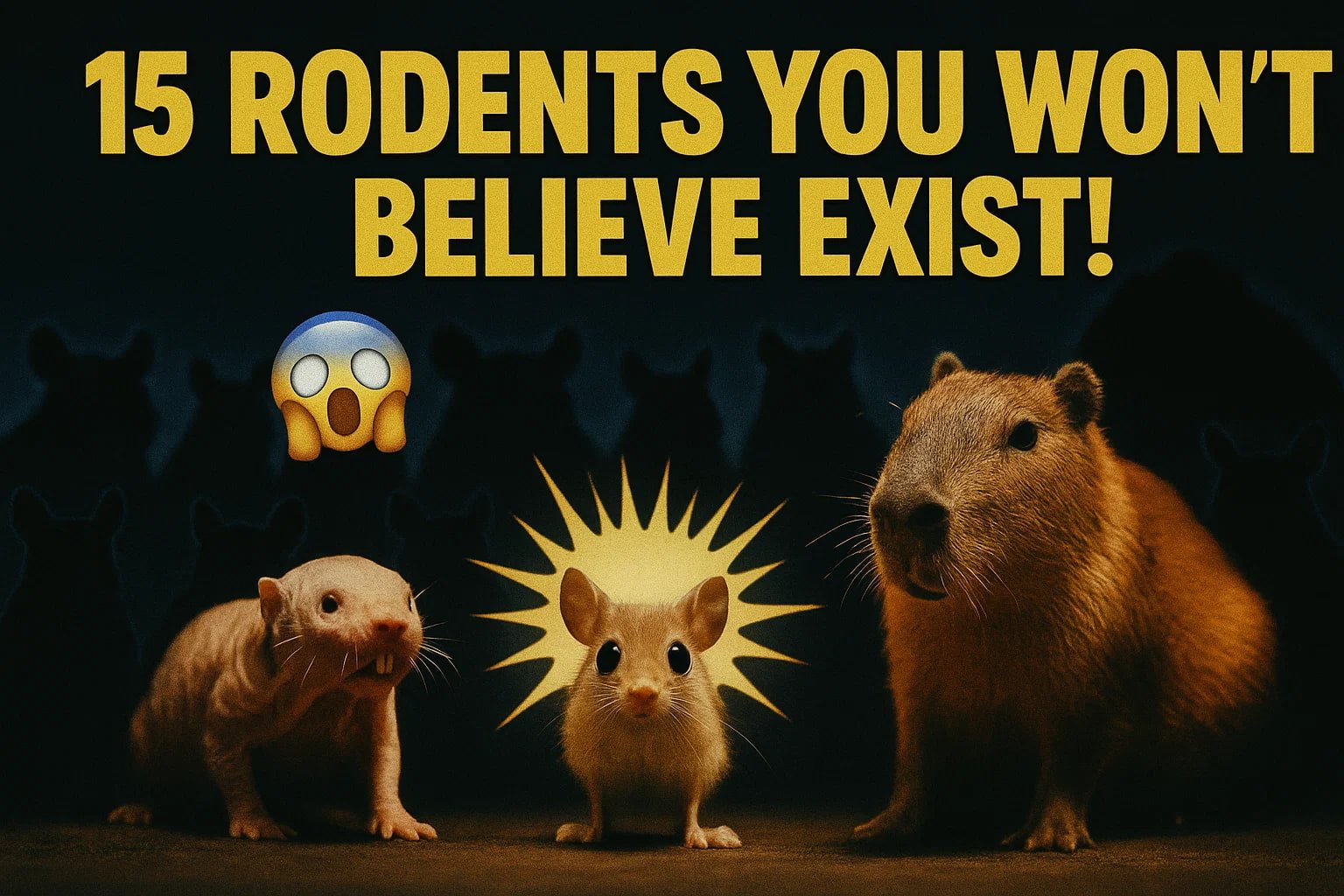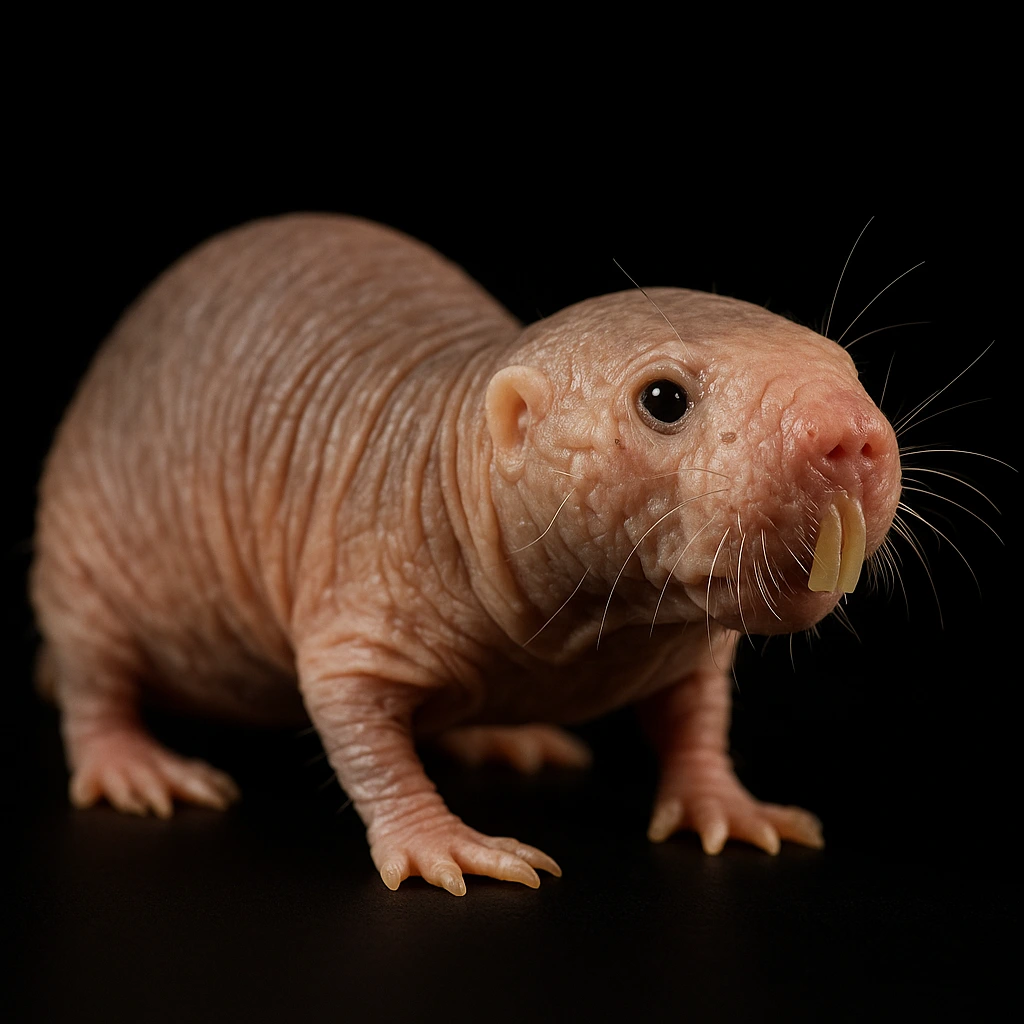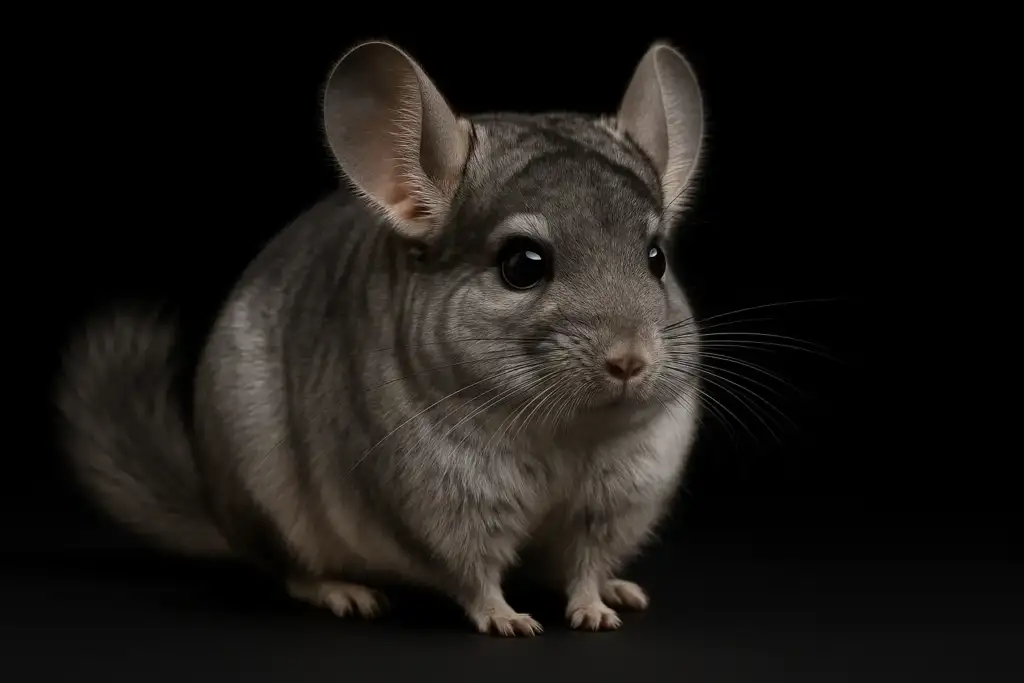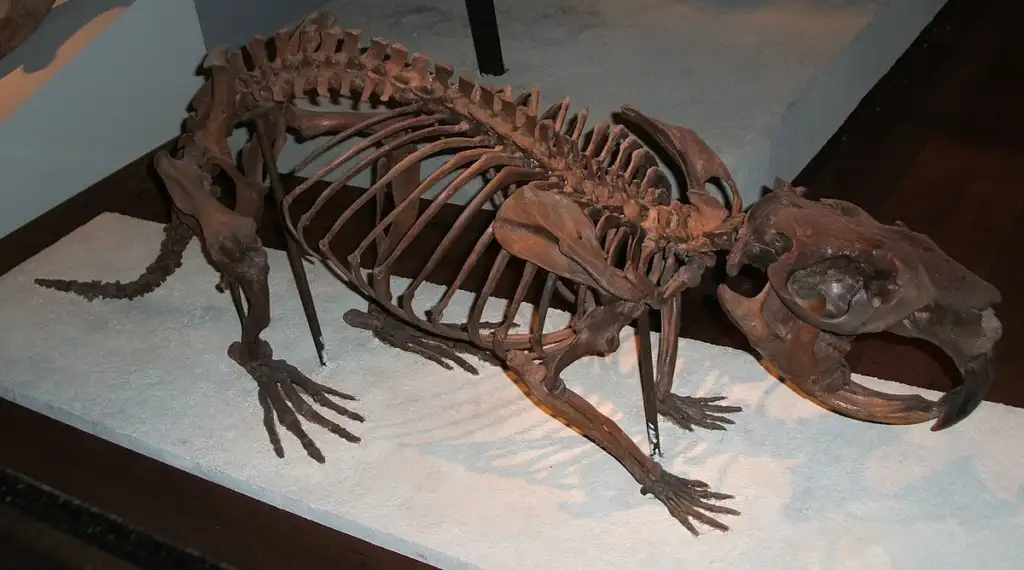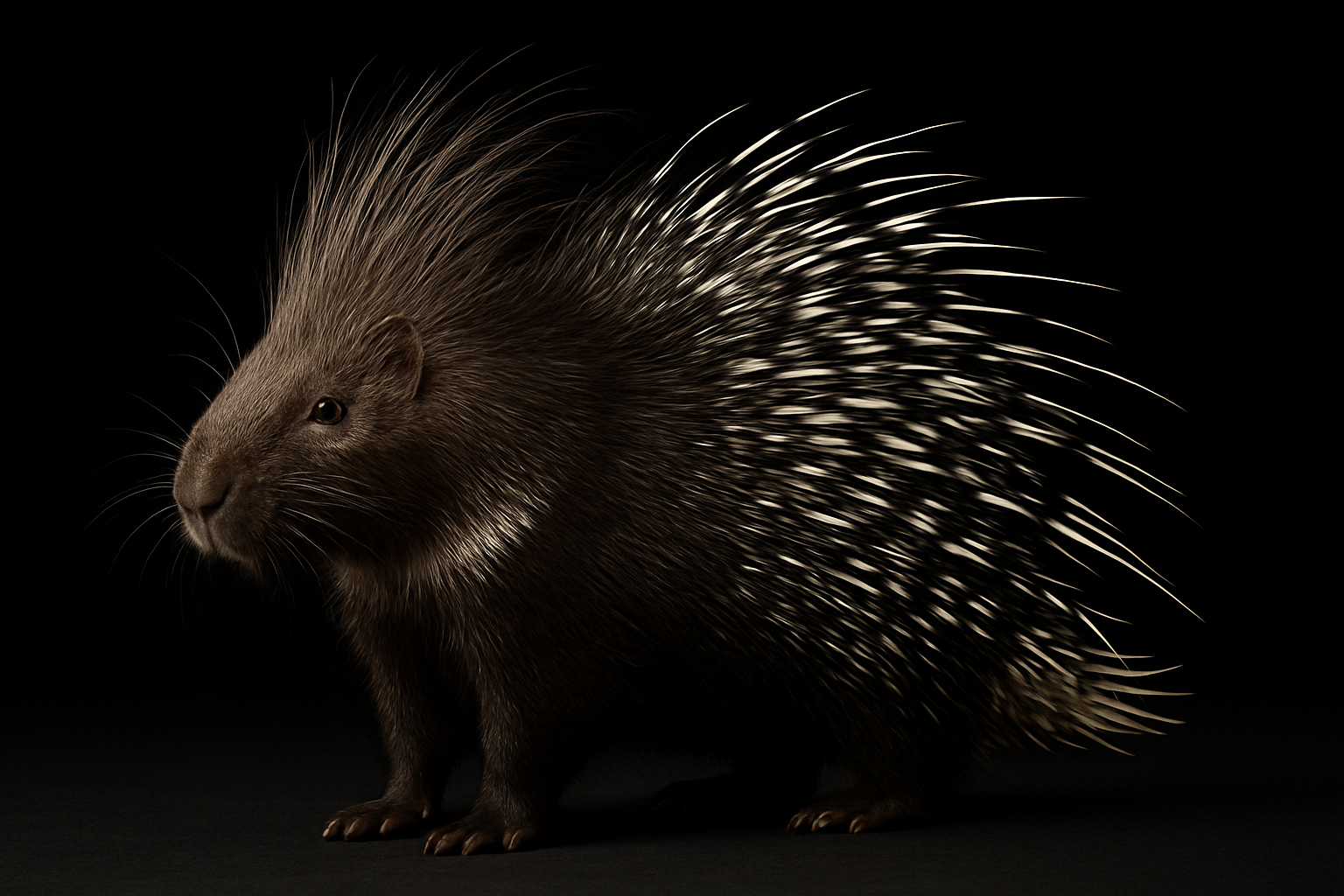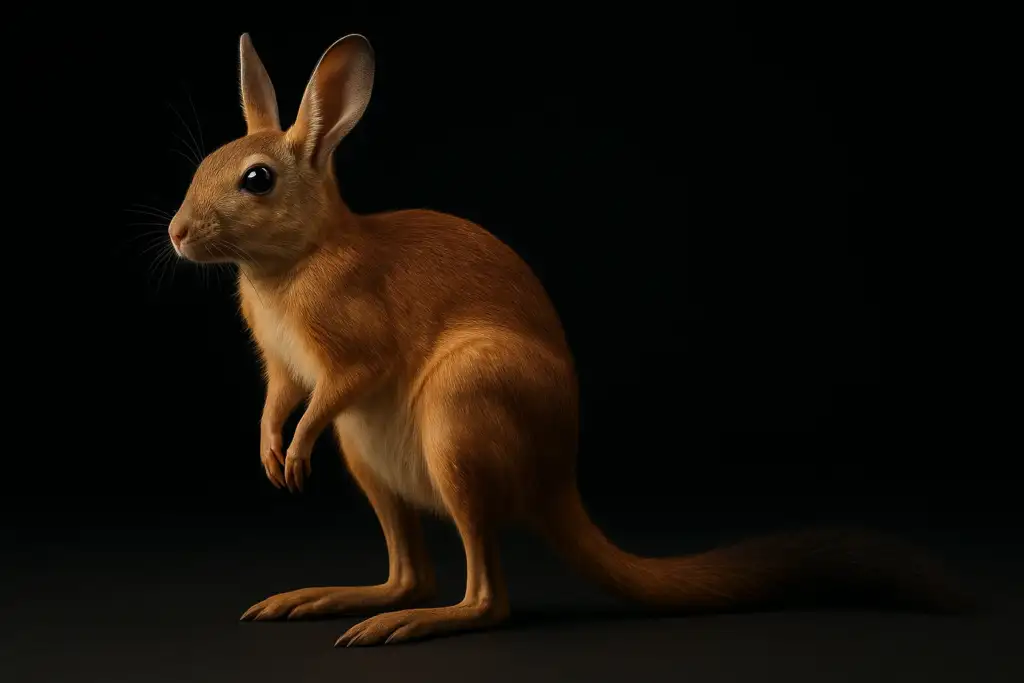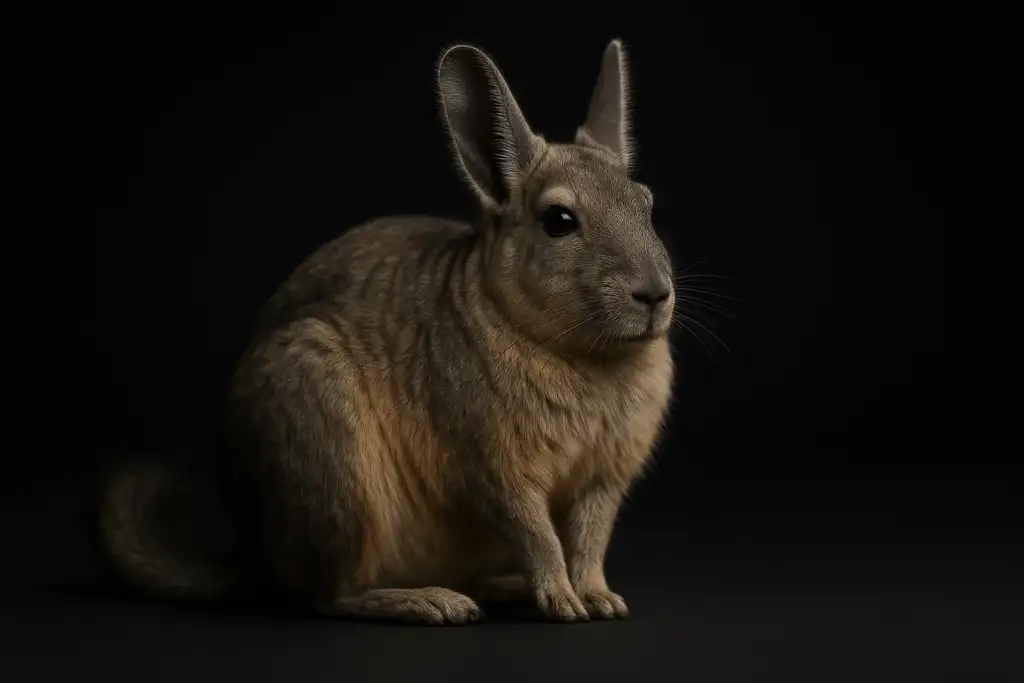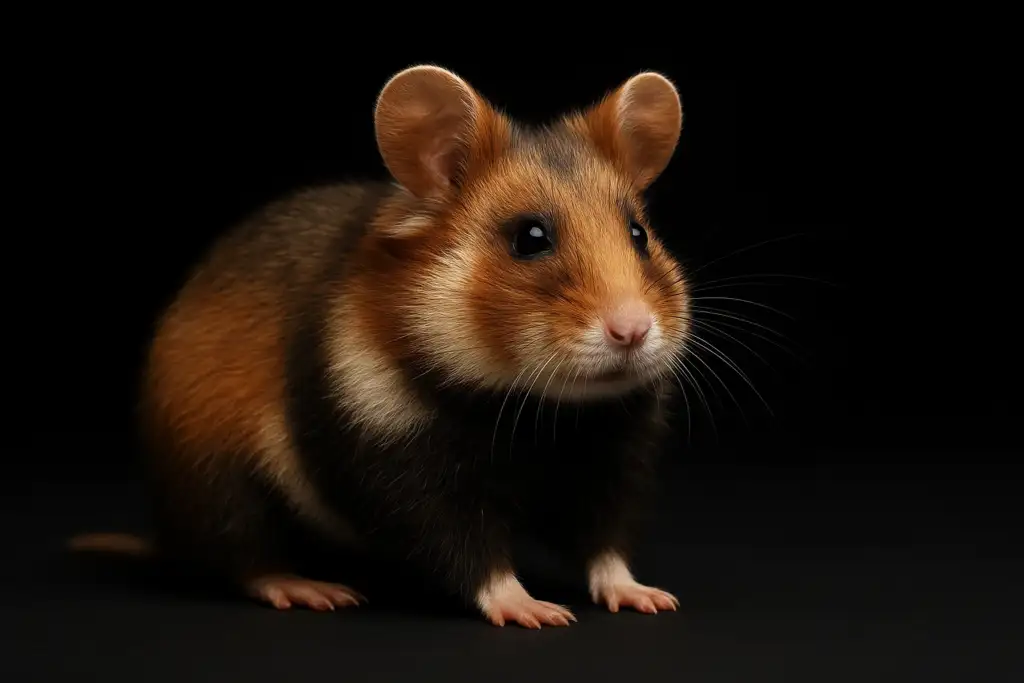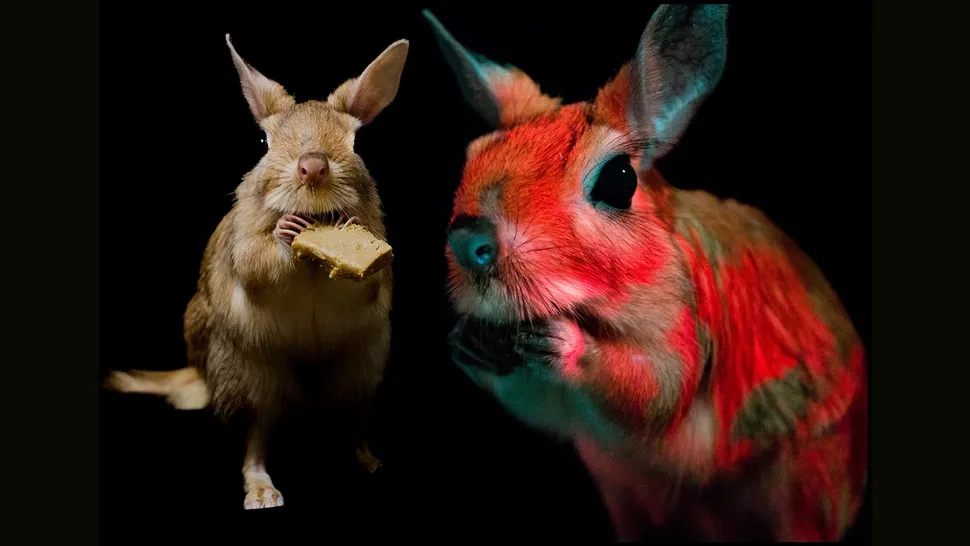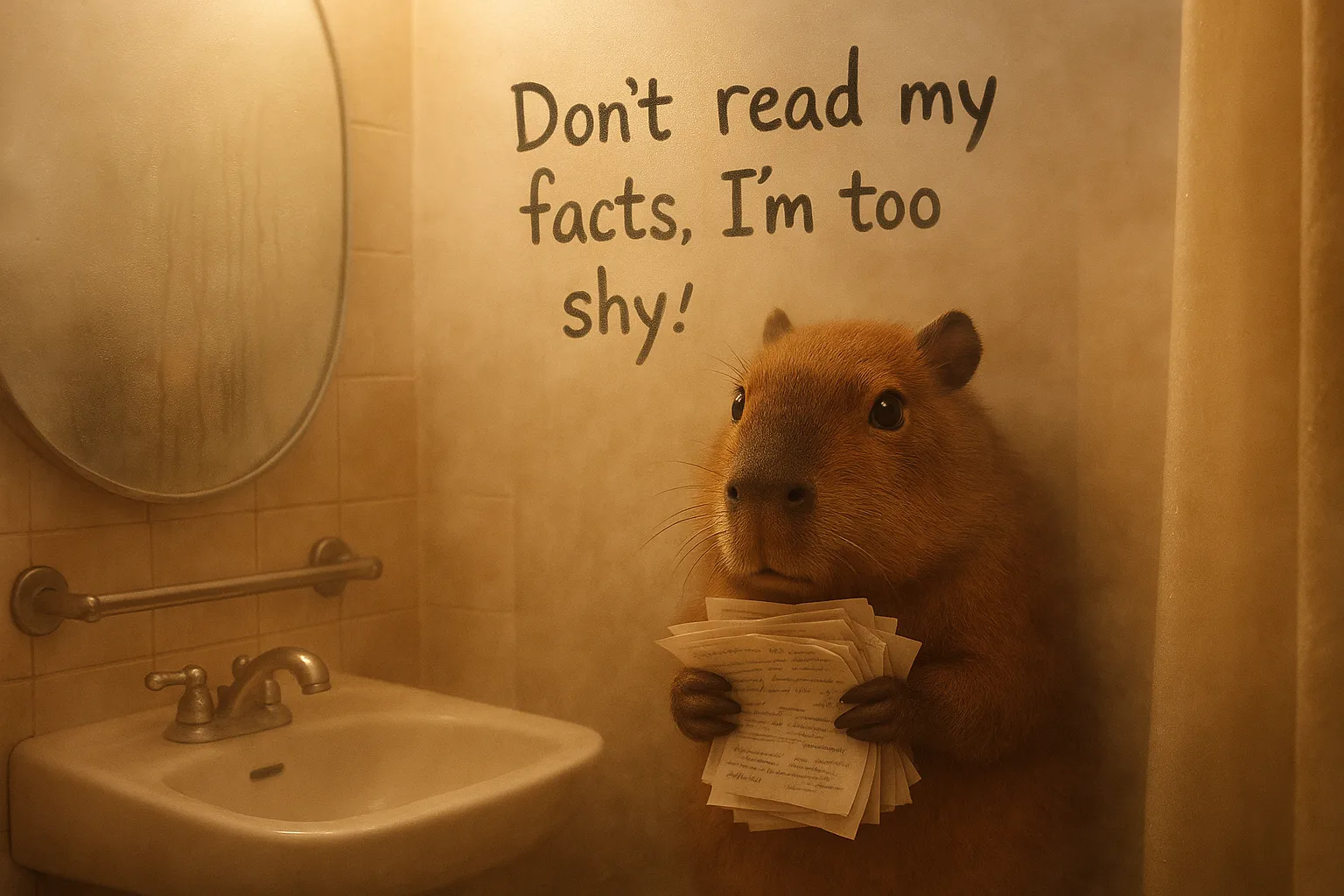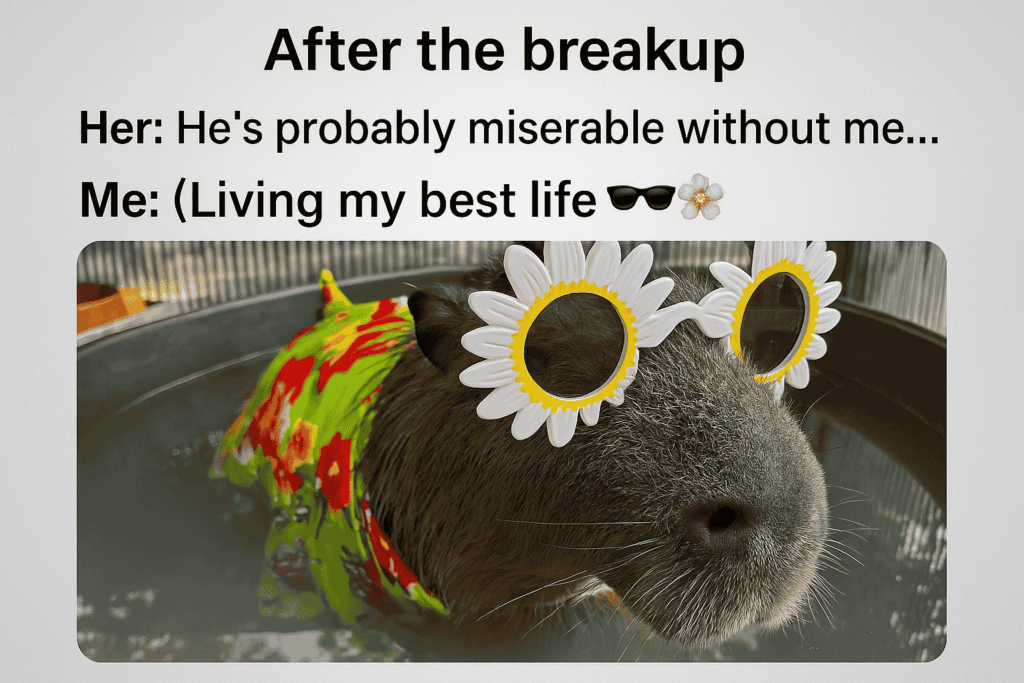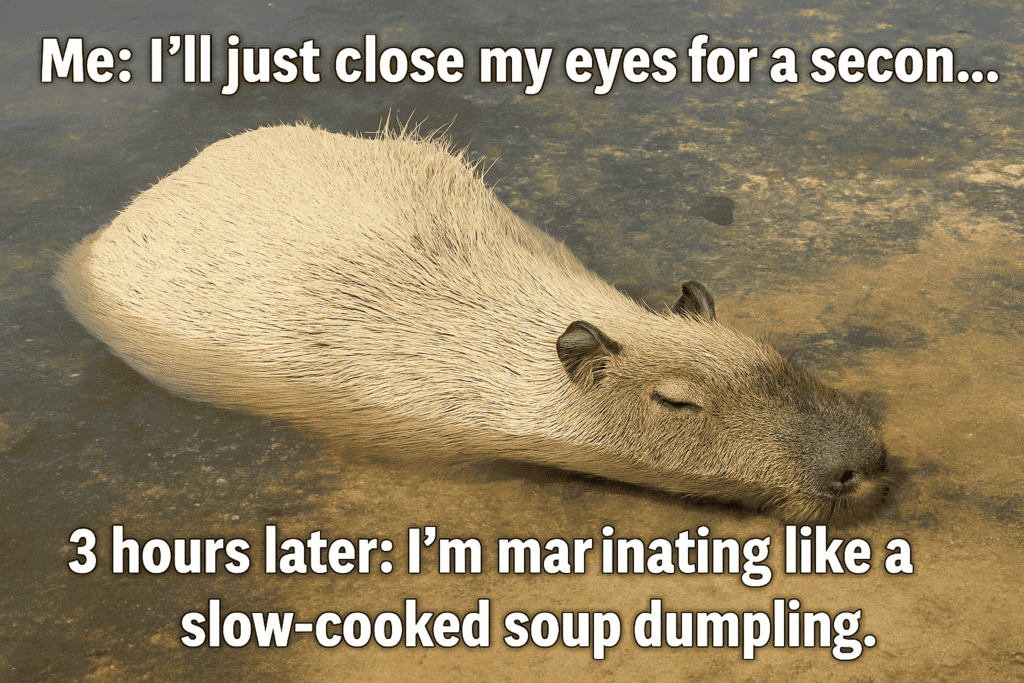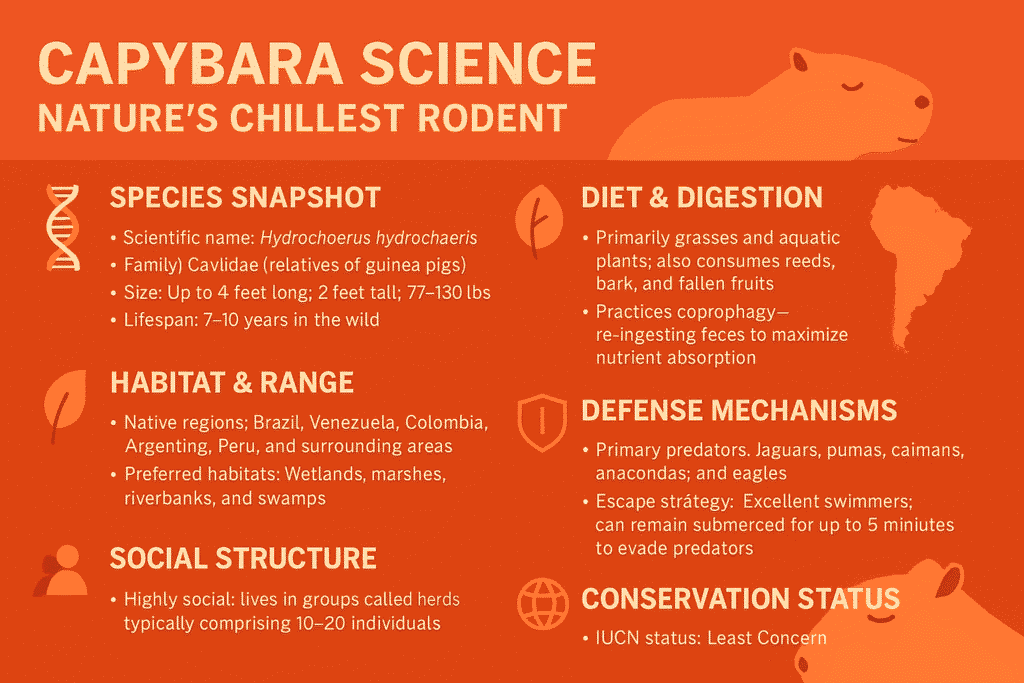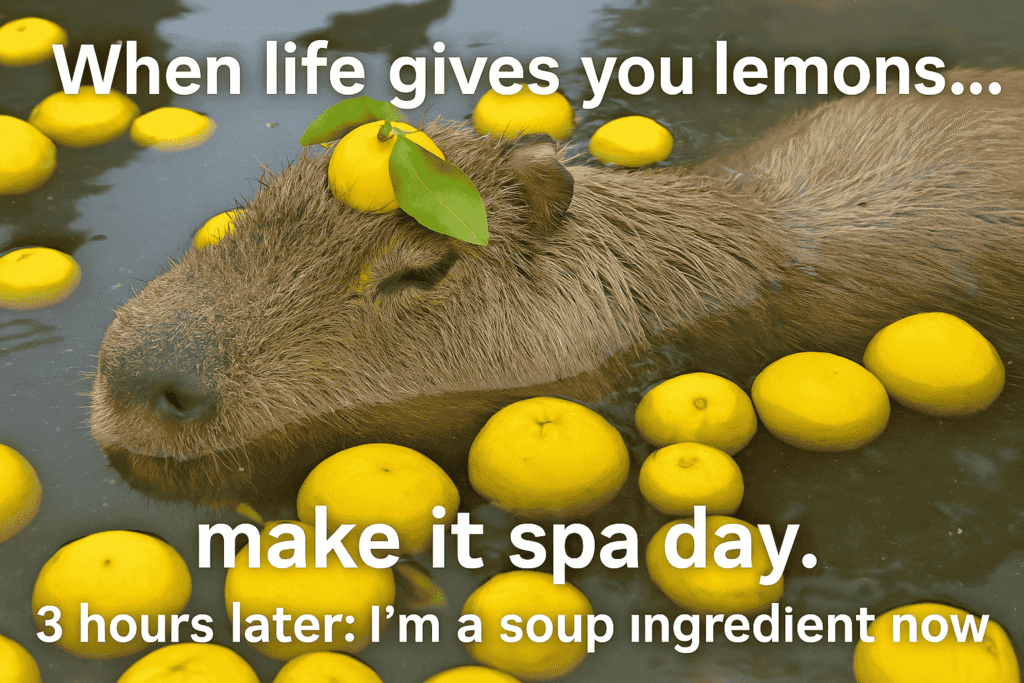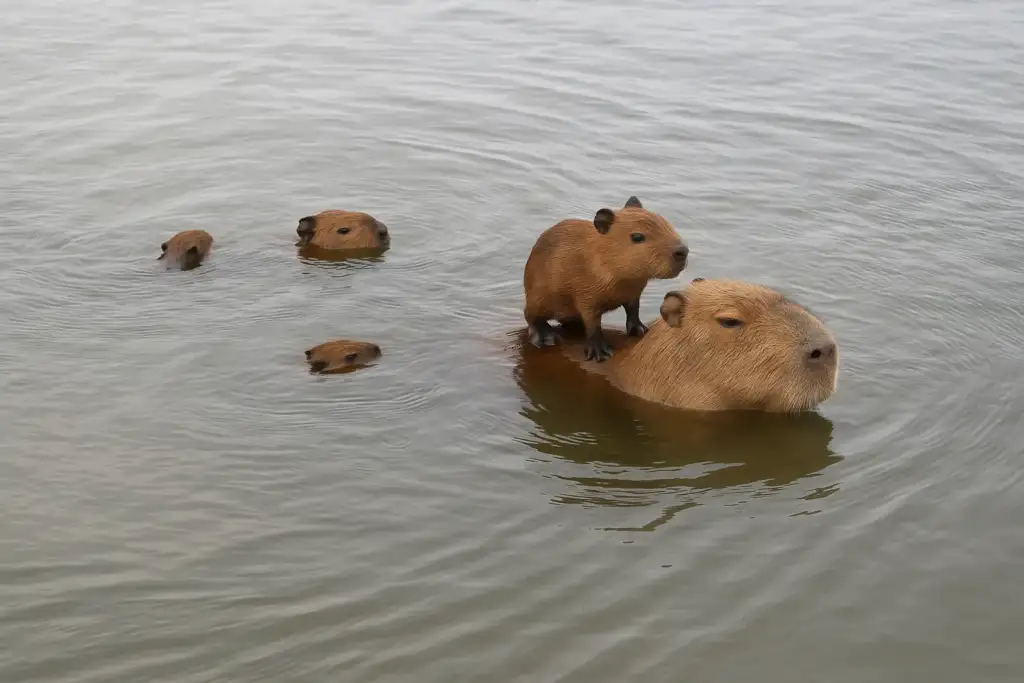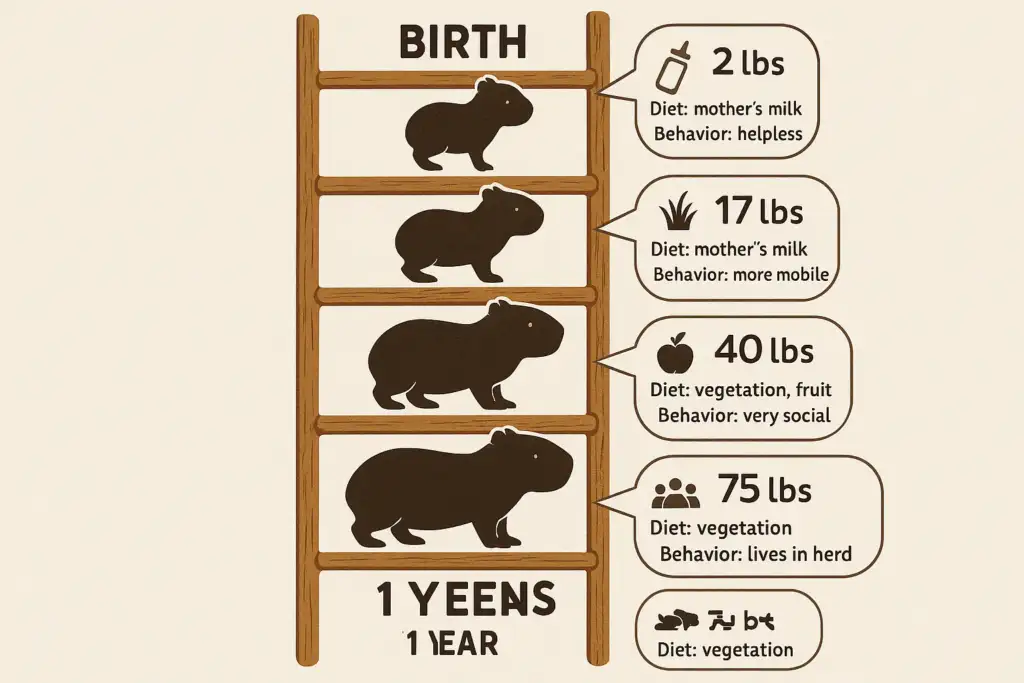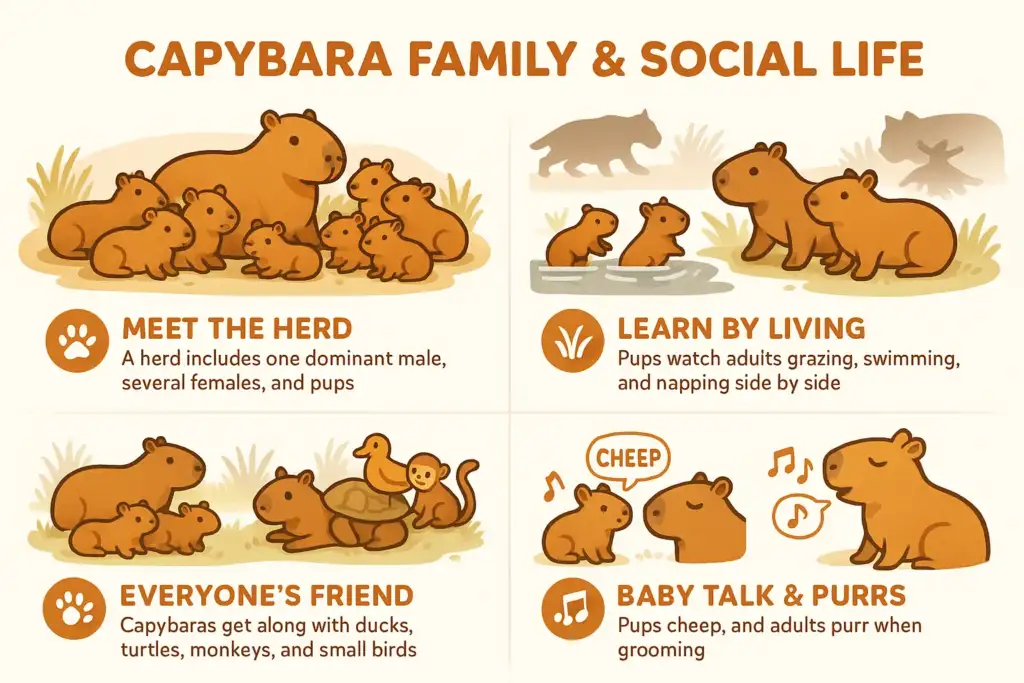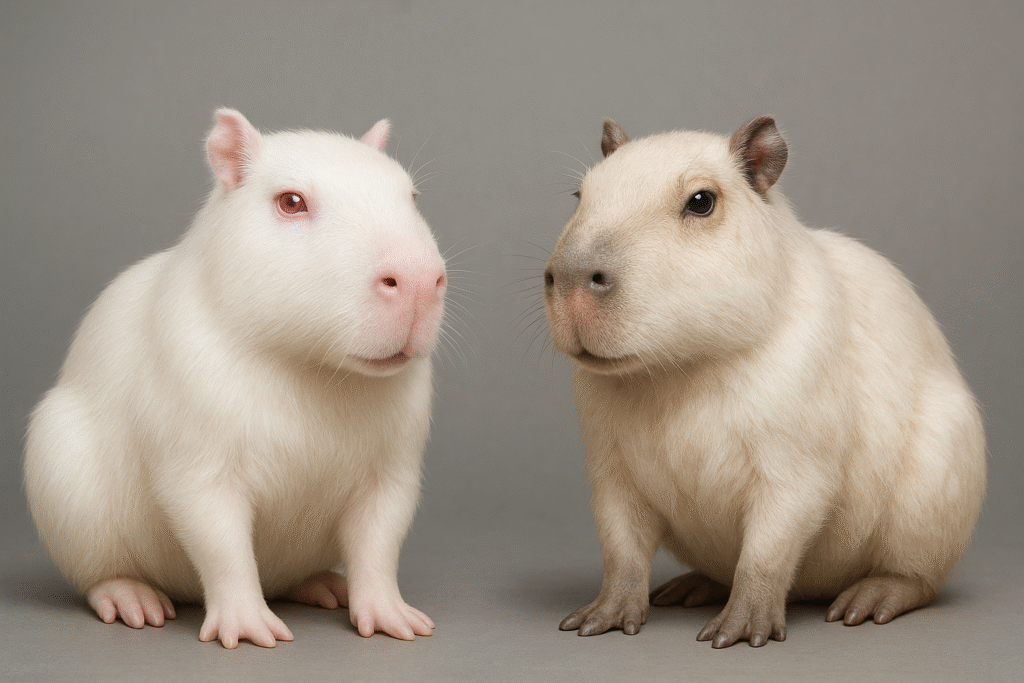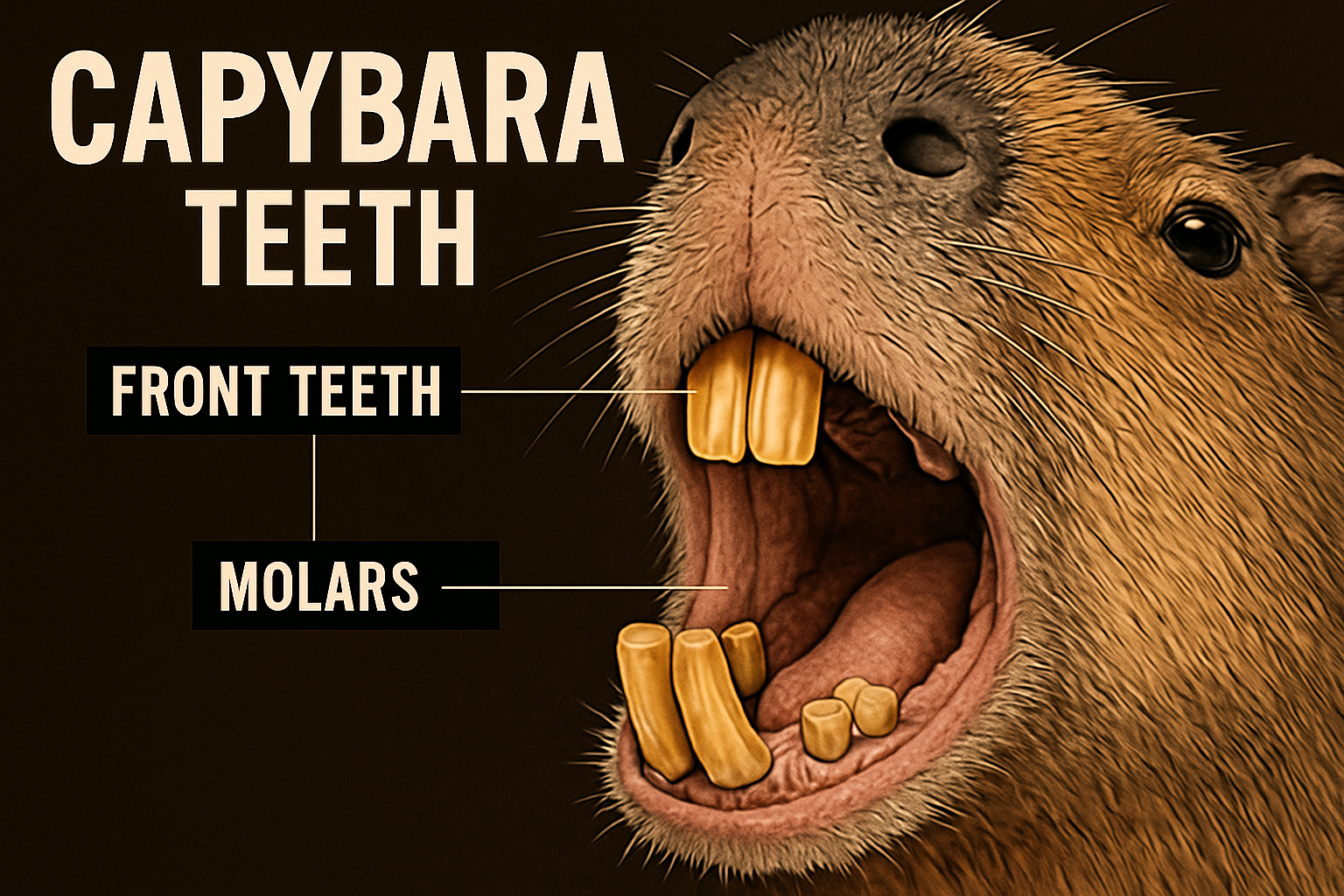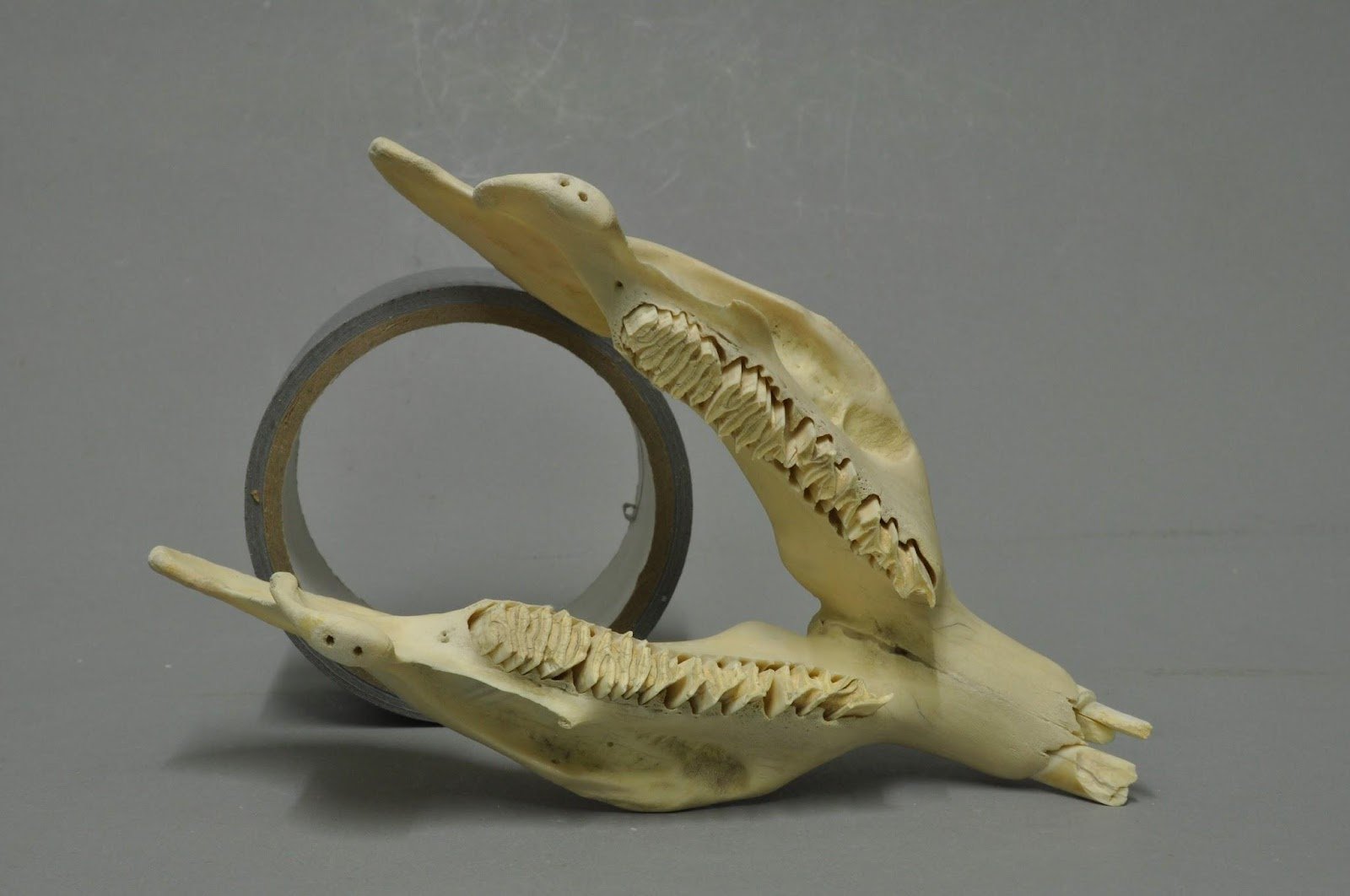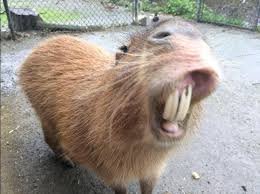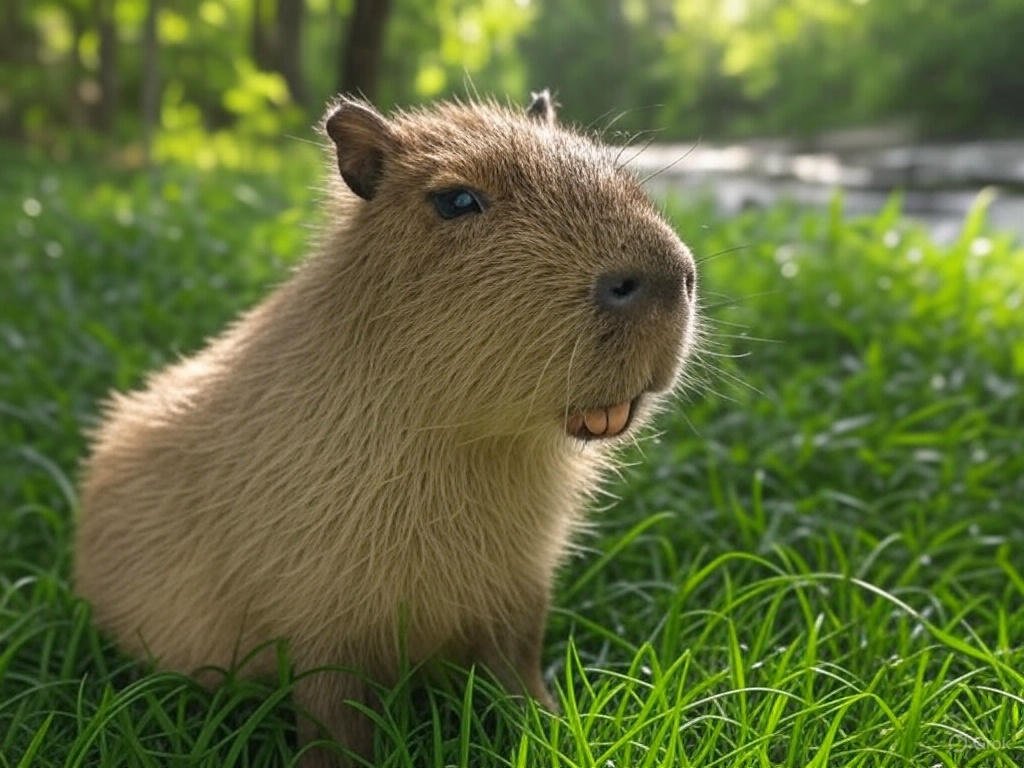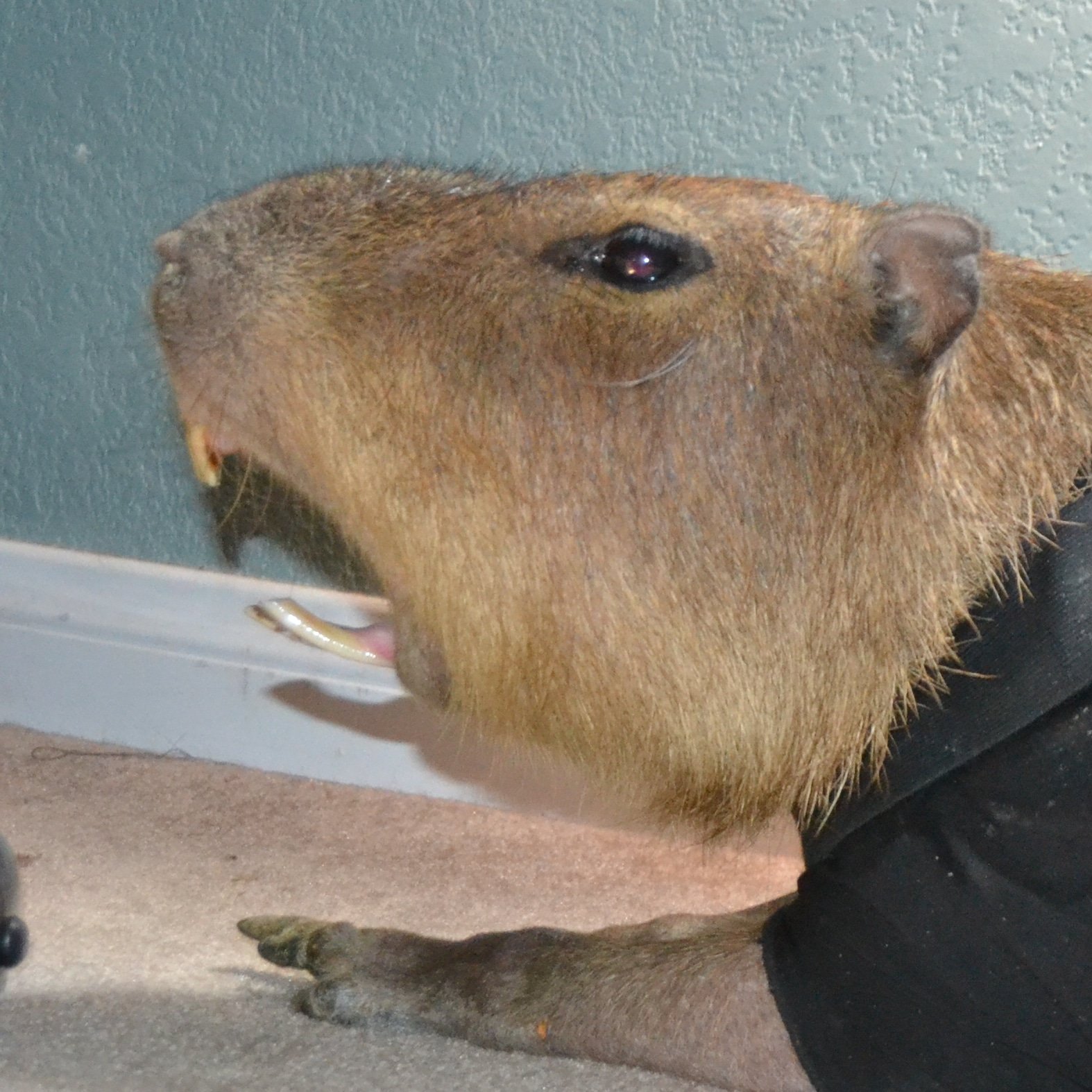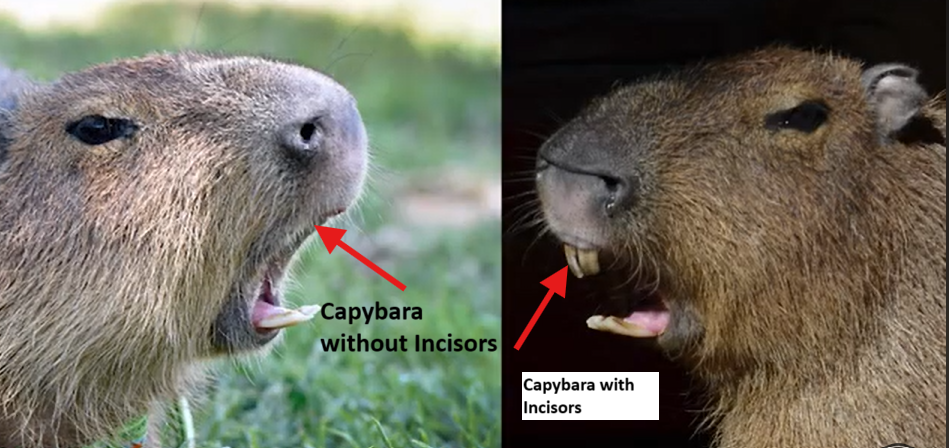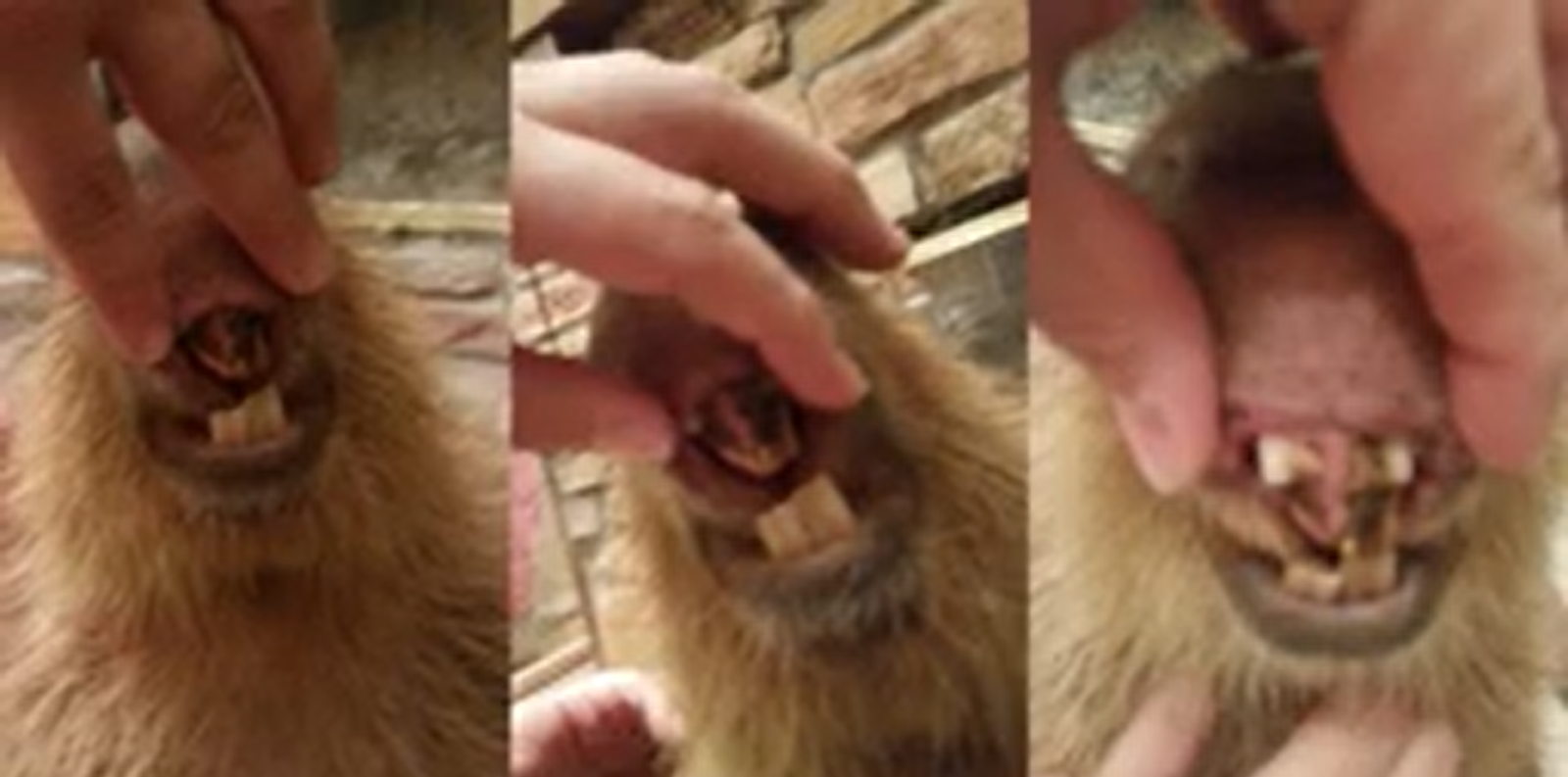Quick Answer:
Want to own a capybara? Before you fall in love with their calm nature, you must understand the true costs of ownership. The initial investment for a single capybara ranges from $1,000 to $3,500, but that’s just the start. You’ll need to budget $2,000 to $15,000 for a proper habitat, including a secure fence and a water feature. On top of that, expect ongoing annual costs of $1,500 to $5,400+ for food, specialized vet care, and enrichment. Remember, a $1,000 to $3,000 emergency fund is essential for unexpected vet bills. Owning a capybara is a significant 10+ year financial commitment, so be prepared for both the initial setup and the substantial, long-term expenses.

Introduction
You can see capybaras everywhere online. Social media shows their calm nature and friendly behavior. These rodents are the largest in the world. Their gentle demeanor and social habits captivate many people. Many videos show them with other animals. They swim in pools or lounge with their owners. This portrays effortless companionship. A 2024 study by PetSecure found a 300% increase in online searches for “capybara as a pet” since 2021.
Yet, beneath this viral charm lies a sobering reality: owning a capybara is not simply about recreating a picturesque moment. It is a long-term commitment that carries significant financial responsibilities. While their appeal is undeniable, many prospective owners are unaware of the economic weight that comes with ensuring a capybara’s well-being, from specialized housing and diet to veterinary care and legal compliance.

This guide aims to clarify the costs of capybara ownership, detailing both expected and hidden expenses. By the end, you’ll understand the financial commitment involved and have the tools to determine if this responsibility fits your resources and lifestyle.
Understanding the Capybara Allure: More Than Just a Cute Face
Why Capybaras Captivate: Unique Charm and Docile Nature
Capybaras, often called the gentle giants of the rodent world, are the largest rodents on Earth and are native to South America. Known for their calm, social temperament, they thrive in groups and are naturally inclined toward cooperative, peaceful behavior. Their ability to coexist with a variety of species, sometimes even forming bonds with birds, cats, and dogs, adds to their reputation as approachable, almost universally friendly animals.
In recent years, their popularity has surged online. Social media platforms are filled with heartwarming images and videos: capybaras lounging in hot springs, swimming in backyard pools, or calmly sharing space with children and other pets. These portrayals have created a wave of admiration and fascination, fueling their rise as unconventional companions.
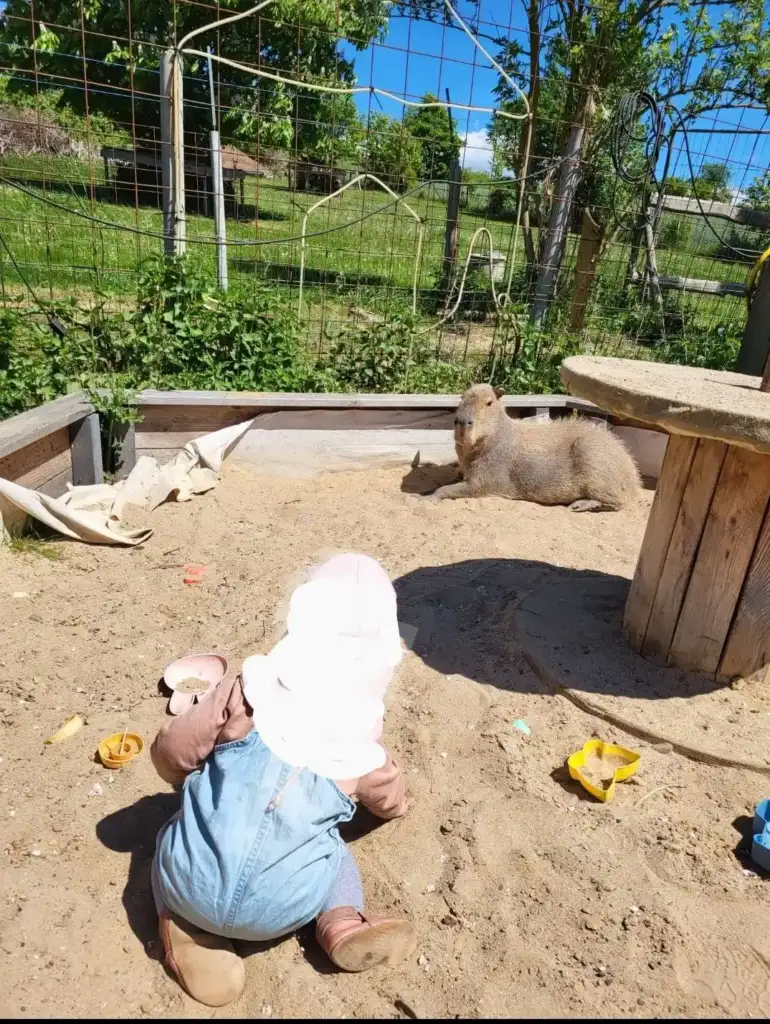
The Reality Check: Beyond the Instagram Filters
While the internet often presents capybaras as effortlessly charming pets, the reality is far more complex.
- Significant Commitment: Owning a capybara requires substantial time, space, and financial resources. Their need for outdoor enclosures, access to water, and a specialized diet cannot be overstated.
- Health and Veterinary Challenges: Exotic veterinary care is not always readily available and can be costly. Preventive care, emergency visits, and specialized treatments often come at a premium.
- Legal Complexities: Regulations around capybara ownership vary widely. In some regions, ownership may be restricted, require permits, or even be prohibited altogether. Navigating these rules is critical to avoid legal repercussions.
Most importantly, capybaras are not simply “big hamsters” or oversized guinea pigs. Unlike smaller rodents, they have highly specific environmental and social needs that demand far greater resources. For many prospective owners, these requirements quickly prove overwhelming.
By acknowledging these realities early on, this guide aims to provide clarity and honesty. If you are considering capybara ownership, understanding the full scope of responsibilities,from emotional to financial,is the first step toward making a decision that is not only right for you but also ethical and sustainable for the animal.
The Initial Investment: Bringing Your Capybara Home
Capybara Purchase Price: What to Expect
Bringing a capybara into your home begins with a significant upfront cost. On average, the purchase price for a single capybara ranges from $1,000 to $3,500, depending on several key factors.
- Regional Cost Variations: In areas where capybara ownership is legal but breeders are scarce, prices tend to be higher due to limited availability. Conversely, in regions with established exotic pet networks, the cost may be on the lower end,but buyers should remain cautious of quality and legitimacy.
- Age & Sex Differences: Juveniles are generally more expensive than adults because they are easier to socialize and adapt more readily to new environments. Some breeders may also charge more for females, given their role in breeding potential.
- Rare Color Morphs: While uncommon in capybaras, any unusual color variation may command a premium.
- Breeder Reputation: Reputable, licensed breeders often charge more, but this price reflects ethical practices, health screenings, and proper socialization. In contrast, backyard breeders may offer “bargain” prices, but the risk of health problems, behavioral issues, and unethical practices is much higher.

According to exotic animal veterinarians and animal welfare organizations, sourcing from reputable breeders is not optional,it is essential for both the animal’s welfare and the owner’s long-term success.
Source ethically, pay for quality. While a cheaper capybara might seem appealing, the initial savings often disappear when health complications or behavioral problems lead to expensive veterinary bills. A capybara from a reputable breeder or licensed rescue organization is a long-term investment in both the animal’s well-being and your peace of mind.
Resource: Check directories of reputable exotic animal breeders, sanctuaries, or rescues, as well as veterinarian-approved referral networks, before making any purchase.
Navigating Legalities: Permits, Licenses, and Regulations
The financial journey doesn’t end with the purchase price. In fact, one of the most overlooked,and costly,elements of capybara ownership is legal compliance.
- State and Local Permit Requirements: Depending on where you live, owning a capybara may require state or local permits. Fees can range from $50 to several hundred dollars annually, and regulations vary widely. Some states prohibit ownership altogether, while others impose strict licensing conditions.
- CITES Documentation (If Applicable): Although capybaras are not currently endangered, international trade may still require CITES (Convention on International Trade in Endangered Species) documentation in certain circumstances. If importing or exporting a capybara, these permits can add complexity and cost.
- The High Cost of Non-Compliance: Ignorance is not an excuse in the eyes of the law. Owners found without proper permits risk fines, confiscation of the animal, or even legal charges. These consequences are emotionally devastating and financially draining.
Expert Tip: Research local and state regulations thoroughly before purchase. Consult official government resources to verify what is required in your area. Don’t rely solely on breeder claims,laws can shift, and compliance is your responsibility as the owner.
Resource: State and county wildlife or agricultural departments often provide official licensing and permit information. For U.S. residents, start with your state’s Department of Fish and Wildlife or Agriculture website.
Crafting the Perfect Habitat: Enclosure & Setup Costs
Creating a safe, comfortable, and durable habitat for a capybara is one of the largest upfront expenses you will face,and one of the most critical for your pet’s welfare. Capybaras are highly active, semi-aquatic animals with specific space and environmental requirements. Cutting corners at this stage often leads to costly repairs, escapes, or even serious risks to the animal’s health and safety.
Essential Habitat Components and Their Costs
Land/Space Requirements and Zoning
Capybaras are herd animals and thrive best in pairs or small groups. At a minimum, experts recommend at least 250–500 square feet per capybara, though larger spaces (1,000+ sq. ft.) are strongly preferred for healthy activity and social behavior.
- Urban vs. Rural Properties: Rural owners may have more flexibility and lower per-square-foot fencing costs, while urban or suburban properties often face zoning restrictions and higher material/labor costs.
- Estimated Costs: Depending on location and property type, land preparation and zoning compliance can range from $500 to $5,000+.
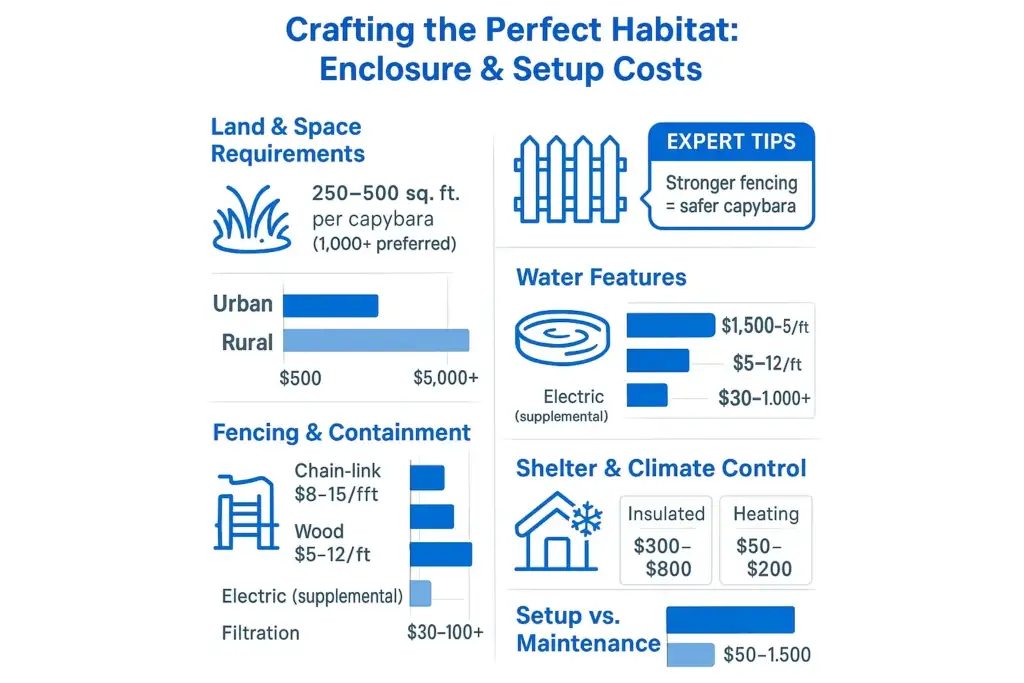
Secure Fencing and Containment
Capybaras are surprisingly strong, capable of digging, pushing, and squeezing through weak enclosures.
- Fencing Options:
- Chain-link fencing (sturdy, dig-resistant): $8–$15 per linear foot
- Wooden fencing (less ideal, requires reinforcement): $5–$12 per linear foot
- Electric fencing (supplemental only, not primary): $1–$3 per linear foot
- Chain-link fencing (sturdy, dig-resistant): $8–$15 per linear foot
- Predator Protection: In rural areas, reinforced fencing and covered sections may be necessary to prevent attacks from dogs, coyotes, or other wildlife.
Expert Tip: Prioritize Enclosure Design for Longevity & Safety. A well-built fence may cost thousands upfront, but it prevents escapes, protects your capybara, and avoids expensive repairs or liability risks later.
Water Features: Pools, Ponds & Filtration
Water is not optional,it is central to a capybara’s health and happiness. They need water to regulate body temperature, maintain skin health, and engage in natural swimming behaviors.
- DIY Pond Installation: $1,500–$5,000+ depending on size and excavation.
- Above-Ground Pool Setup: $400–$1,200 (temporary but less natural).
- Liners: Quality pond liners range from $0.50–$1.50 per sq. ft.
- Filtration Systems: Essential to keep water clean, ranging from $300–$1,000+ depending on size.

Shelter and Climate Control
Capybaras are native to warm climates and can suffer in extreme cold.
- Insulated Shelter: $300–$800 for a weatherproof structure.
- Heating Lamps/Pads: $50–$200 each, with ongoing electricity costs.
- Cooling (in hot climates): Shade structures ($100–$500) or misting fans ($100–$300).
Expert Tip: Budget for year-round climate control. Even if your region is warm, unexpected cold snaps or heat waves can be dangerous.
Substrate and Environmental Enrichment Materials
Capybaras need more than bare ground. Soft bedding, grass patches, and enrichment items support physical and mental health.
- Substrate/Bedding: $100–$300 for initial setup.
- Naturalistic Additions: Logs, plants, rocks, and chew-safe items ($200–$500).
Initial Setup vs. Ongoing Maintenance & Upgrades
- Initial Investment: Most first-time owners should expect to spend $3,000–$8,000+ on enclosure and habitat setup before bringing a capybara home.
- Ongoing Maintenance: Seasonal costs include winterizing shelters, repairing fences, replacing filters, and adding shade or cooling features,averaging $500–$1,500 annually.
- Regional Variations: Costs differ significantly by location. For example, labor and fencing in rural Texas may be half the price of similar projects in urban California. International owners may face even higher costs due to import fees on specialty supplies.
Differentiation Opportunity: Think beyond the cheapest option. A durable, thoughtfully designed enclosure is not just an upfront cost,it is an investment in the animal’s safety, your peace of mind, and reduced long-term expenses.
Daily Sustenance: Food & Nutritional Expenses
Understanding Capybara Dietary Needs: Hay, Pellets, Produce
Feeding a capybara properly is not just about quantity,it’s about quality and balance. As large herbivores, their digestive systems are adapted to a fiber-rich diet that supports both health and longevity.
- Primary Diet – Hay: High-quality hay such as timothy or orchard grass should form the foundation of their diet, available at all times. Hay provides essential fiber that prevents digestive problems like gut stasis.
- Specialized Pellets: While not the majority of their diet, capybaras also require fortified pellets (often formulated for guinea pigs or exotics) to supply critical nutrients, particularly vitamin C. A deficiency can lead to scurvy, a serious and painful condition.
- Fresh Produce & Supplements: Fresh vegetables (e.g., carrots, squash, leafy greens) and fruits (fed sparingly) provide enrichment and nutritional variety. In some cases, vitamin supplements may be recommended by exotic animal veterinarians.
According to exotic veterinary nutritionists, capybaras that lack sufficient hay and vitamin C in their diet are at high risk of dental overgrowth, malnutrition, and immune system deficiencies. Proper diet is not optional,it is the cornerstone of responsible ownership.
Estimating Monthly and Annual Food Costs
- Per-Capybara Consumption: A healthy adult capybara consumes 6–8 pounds of hay daily, along with pellets and produce.
- Hay Costs: Bulk timothy or orchard grass hay averages $15–$25 per bale, with monthly costs around $60–$100 per capybara depending on regional availability.
- Pellets: Specialized guinea pig or exotic rodent pellets cost $30–$50 per month.
- Fresh Produce: Budget an additional $40–$80 monthly for vegetables and small portions of fruit.
Estimated Food Budget:
- Monthly (per capybara): $130–$230
- Annually (per capybara): $1,500–$2,700
Product Recommendation: Brands like Mazuri and Oxbow are widely recommended by exotic animal veterinarians for their balanced formulations and reliable quality.
Expert Tip: Buy in bulk whenever possible. Purchasing hay directly from farms or ordering larger quantities of pellets can significantly reduce long-term costs. Many owners also find success in setting up subscription orders with suppliers for consistent pricing and reliable delivery.
Sourcing Strategies and Cost-Saving Tips
- Farm Direct Purchases: Local farms often sell hay at lower costs compared to pet stores. Buying multiple bales at once ensures both availability and savings.
- Grow Your Own: If you have the space, growing easy crops like leafy greens or root vegetables can supplement your capybara’s diet and lower grocery bills.
- Smart Shopping: Watch for seasonal produce sales, and explore wholesale or membership-based suppliers (e.g., Costco, Sam’s Club) for bulk fruits and vegetables.
With food expenses averaging $1,500–$2,700 per year per capybara, this is a recurring cost that cannot be ignored. Owners should plan not only for the financial burden but also for the time commitment of sourcing, storing, and preparing fresh food consistently.
Prioritizing Health: Veterinary Care Expenses
The Importance of Exotic Animal Veterinarians
Owning a capybara means accepting that routine veterinary care will be more complex,and more expensive,than with a dog or cat. Capybaras are considered exotic animals, and their medical needs require specialized training that most general veterinarians do not possess.
- Specialized Training: Exotic vets are trained in the anatomy, diet, and health conditions of non-traditional pets, making them better equipped to diagnose and treat capybaras effectively.
- Finding a Qualified Vet: Access is often limited. In some regions, you may need to drive several hours to find an exotic animal clinic. This not only adds logistical challenges but can also increase costs during emergencies.
Resource: Use directories such as the Association of Exotic Mammal Veterinarians (AEMV) to locate qualified professionals in your area.
Expert Tip: Consult an exotic vet before purchase. Scheduling a pre-ownership consultation gives you insight into local veterinary costs, the most common capybara health concerns, and the vet’s availability for ongoing care.
Animal welfare organizations and exotic veterinarians strongly emphasize this preparation step,too many exotic animals suffer because their owners cannot access proper medical care when needed.
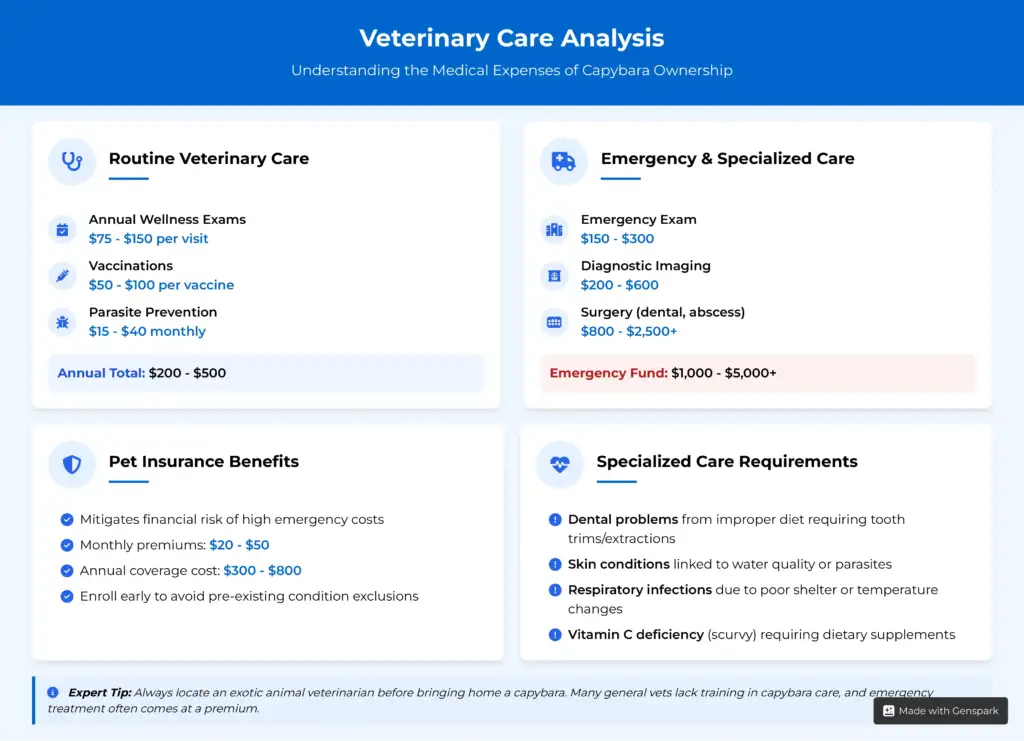
Routine Care: Check-ups, Vaccinations, Parasite Control
Routine veterinary care for capybaras is essential and should be budgeted annually.
- Annual Wellness Exams: $75–$150 per visit.
- Vaccinations: Depending on regional risks, capybaras may benefit from vaccines commonly given to livestock or rodents (e.g., tetanus, rabies in some areas). Expect $50–$100 per vaccine.
- Parasite Prevention: Deworming and flea/tick prevention range from $15–$40 per month, depending on the product and capybara size.
Emergency & Specialized Procedures: Understanding Higher Costs
While routine care is predictable, emergencies and specialized treatments are where costs can escalate quickly.
- Why Exotic Care Costs More: Exotic vets often require advanced diagnostic equipment, specialized medications, and extended appointment times. In addition, the relative rarity of these cases means fewer providers and higher prices.
- Common Capybara Health Issues:
- Dental problems from improper diet (requiring tooth trims or extractions).
- Skin conditions linked to water quality or parasites.
- Respiratory infections due to poor shelter or sudden temperature changes.
- Dental problems from improper diet (requiring tooth trims or extractions).
- Cost Examples:
- Emergency exam: $150–$300
- Diagnostic imaging (X-rays, ultrasound): $200–$600
- Surgery (e.g., dental, abscess removal): $800–$2,500+
- Emergency exam: $150–$300
Case Study Example: A capybara develops an abscess from a minor wound. Initial exam and antibiotics may cost $250–$400. If surgery is required, total expenses could exceed $1,500,an unexpected bill many owners aren’t prepared for.
These numbers are drawn from real-world exotic veterinary pricing data, reinforcing why financial preparation is crucial.
The Value of Exotic Pet Insurance
Because veterinary costs for exotic pets can be unpredictable, insurance is worth serious consideration.
- Mitigating Financial Risk: Insurance helps buffer against high emergency costs, reducing the risk of being forced to choose between treatment and affordability.
- Coverage Options: Look for policies that cover exotic mammals specifically, including wellness visits, diagnostics, and surgical procedures.
- Estimated Premiums: Expect to pay $20–$50 per month, depending on coverage.
Product Recommendation: Providers such as Nationwide and Pet Assure offer plans that include exotic mammals, though coverage varies,always review the fine print.
Expert Tip: Invest early. The sooner you enroll your capybara in a plan, the more conditions will be covered, and premiums may be lower. Waiting until health problems develop may exclude those issues from coverage.
With annual veterinary care averaging $300–$800 for routine needs and emergencies costing thousands, veterinary expenses represent one of the most significant ongoing financial responsibilities of capybara ownership.
Enrichment, Toys & Grooming: Enhancing Well-being
Mental Stimulation: Toys and Activities
Capybaras are highly social, intelligent animals. Without proper enrichment, they can become bored, stressed, or even destructive. Enrichment isn’t just a luxury,it’s a necessity for maintaining your capybara’s mental and emotional health.
- Importance of Enrichment: Mental stimulation helps prevent undesirable behaviors such as chewing furniture, pacing, or aggression. A well-enriched environment promotes healthier interactions with people and other animals.
- Purchased Enrichment Items:
- Chew Toys: Durable wood chews, safe rubber toys, or untreated logs , $10–$40 each.
- Puzzle Feeders: Slow feeders, foraging puzzles, and treat-dispensing balls , $20–$60.
- Water Play Accessories: Floating toys or platforms , $15–$50.
- Chew Toys: Durable wood chews, safe rubber toys, or untreated logs , $10–$40 each.
Product Recommendation: Look to exotic pet supply shops, farm supply stores, or online retailers like Chewy, Exotic Nutrition, and Etsy (handcrafted natural toys) for suitable options.
Expert Tip: DIY enrichment can save money. Safe branches, cardboard boxes, PVC pipes, or hay-filled baskets make excellent toys at little to no cost. Always ensure materials are non-toxic and untreated.
Essential Grooming Supplies
Capybaras, like many rodents, generally keep themselves clean but still require occasional grooming support.
- Home Grooming Tools:
- Soft-bristle brush (for shedding control): $10–$20
- Nail clippers (large pet or livestock grade): $15–$30
- Skin-care products (if dryness or irritation occurs): $10–$25
- Soft-bristle brush (for shedding control): $10–$20
- Professional Grooming: Rarely needed, but in cases of excessive nail growth or skin issues, professional help may cost $50–$100 per session.
Routine grooming also offers the chance to check for skin infections, parasites, or small wounds,preventing minor problems from becoming costly vet visits.
Takeaway: With $50–$150 annually for toys and $30–$80 in grooming supplies, enrichment and grooming are smaller costs compared to food or veterinary care, but they are vital investments in your capybara’s overall health and happiness.
The Unforeseen: Miscellaneous & Unexpected Costs
Even the most meticulous budget can be thrown off by surprises. Owning a capybara isn’t just about routine expenses , it’s about being ready for the unexpected.
Unexpected medical bills are often the biggest financial shock for exotic pet owners. Exotic vets may require specialized diagnostics, overnight hospitalization, or complex procedures, which can add up quickly.
- Recommended Amount: Aim to save at least $1,000–$3,000 in an emergency fund dedicated solely to your capybara’s care. Larger households (multiple capybaras) may need to set aside more.
- Why This Matters: Unlike common pets, you can’t always rely on nearby clinics , and emergency exotic care often comes at a premium.
Expert Tip: Start an “Exotic Pet Emergency Fund” separate from your regular savings. Even setting aside $50–$100 per month can build a cushion that saves you from financial stress in a crisis.
Repairs, Replacements, and Property Damage
Capybaras are powerful chewers and diggers. Over time, wear and tear on both your property and their enclosure can lead to ongoing, sometimes surprising costs.
- Enclosure Repairs: Reinforcing fencing, patching water features, or replacing shelter materials , $100–$500+ annually depending on setup.
- Damaged Items: Food bowls, toys, or feeders often need replacing , $50–$150 annually.
- Property Damage: Furniture, landscaping, and pond liners are all potential victims of capybara curiosity. These repairs can range from minor fixes ($50) to major replacements ($1,000+).
Specialized Care During Owner Travel
Finding reliable care while you’re away is one of the biggest challenges of exotic pet ownership.
- Specialized Pet Sitters: $30–$60 per visit, depending on location and expertise.
- Exotic Boarding Facilities: Rare and costly, often charging $50–$100 per day (if available).
- Difficulty Factor: Many owners struggle to find qualified caretakers, making advance planning essential.
Expert Tip: Always factor in “vacation care” costs. Even if you rarely travel, knowing you have a trusted sitter or boarding option gives peace of mind.
Real Owner Insights: “My Biggest Unexpected Capybara Expense Was…”
Hearing from real owners (or scenarios based on common experiences) helps highlight the unpredictability of costs:
- “My biggest unexpected expense was repairing the pond liner after my capybara decided it was a fun chew toy. It cost me triple what I expected for a professional fix!”
- “I didn’t budget enough for emergency dental work. Finding an exotic vet who could do the procedure was hard, and the bill was astronomical.”
- “The cost of fencing upgrades was a shock. My capybaras kept finding weak spots, and I had to reinforce the entire perimeter multiple times.”
Takeaway: Even with careful planning, unexpected expenses are inevitable. By setting aside an emergency fund, budgeting for repairs, and preparing for vacation care, you’ll safeguard both your finances and your capybara’s well-being.
Long-Term Financial Planning: The Lifespan Commitment

Owning a capybara isn’t just a short-term adventure , it’s a decade-long financial responsibility. By planning ahead, you’ll avoid surprises and ensure your capybara receives the consistent care it needs throughout its life.
Projecting Annual Costs Over 8–10 Years
Capybaras in captivity can live 8–12 years, with proper care and veterinary support. While individual costs vary, most owners spend $1,000–$3,000 per year depending on housing, vet bills, and enrichment choices.
- 1 Year: $1,500–$3,000
- 5 Years: $7,500–$15,000
- 10 Years: $15,000–$30,000+
Chart Suggestion: A simple bar chart or cumulative line graph showing projected expenses at 1, 5, and 10 years gives a clear visual of how quickly costs add up.
Differentiation Opportunity: Unlike most guides that just list costs, this section can also cover pet insurance considerations, budgeting systems, and future-proofing care for 5–10 years.
Budgeting Strategies for Capybara Owners
The key to financial stability with exotic pets is proactive planning:
- Dedicated Budget: Create a separate budget category or even a bank account just for capybara-related expenses.
- Monthly Savings Habit: Set aside $100–$200 per month to cover both routine and unexpected costs.
- Expense Reviews: Revisit your budget at least once a year , as your capybara grows, their needs (and expenses) may shift.
- Emergency Fund: Maintain a separate cushion of $1,000–$3,000 for vet emergencies and sudden enclosure repairs.
The ‘Capybara Financial Readiness’ Checklist
Before bringing home a capybara, it’s smart to run through a readiness checklist to make sure you’re financially (and logistically) prepared.
This tool should help you assess:
- Permits & legal requirements covered
- Access to exotic vets confirmed
- Suitable enclosure & habitat budgeted
- Monthly food, enrichment, and grooming costs calculated
- Emergency fund in place
- Travel/boarding arrangements considered
Actionable Takeaway: Download our “Capybara Financial Readiness Checklist” to tick off each step, estimate your own costs, and confirm you’re financially prepared for a decade of care.
Takeaway: Long-term planning transforms capybara ownership from a financial risk into a sustainable, rewarding commitment. With smart budgeting and realistic projections, you’ll be ready to give your capybara a stable, happy home for years to come.
Ethical Ownership & Its Financial Impact
Owning a capybara isn’t just about covering the basics of food, housing, and veterinary care , it’s also about making ethical choices from the very beginning. These decisions have a lasting impact not only on your capybara’s wellbeing, but also on your finances over the long term.
Sourcing Responsibly: Animal Welfare vs. Cost Savings
It can be tempting to save money upfront by purchasing from an unverified breeder or seller, but the “cheap” route often comes with hidden costs.
- Health Risks: Capybaras from irresponsible sources may suffer from untreated illnesses, genetic defects, or poor nutrition early in life , leading to expensive veterinary interventions later.
- Behavioral Issues: Animals not properly socialized may become aggressive, stressed, or destructive, increasing both care costs and owner frustration.
- Ethical Concerns: Supporting unregulated sellers perpetuates poor breeding practices and can negatively affect conservation efforts.
Expert Note: Leading organizations such as the American Veterinary Medical Association (AVMA) and exotic pet welfare groups consistently emphasize sourcing from reputable breeders or rescues to ensure both animal welfare and owner readiness.
Long-Term Benefits of Ethical Choices
Making ethical sourcing decisions may cost more at first, but it pays dividends in the years that follow:
- Healthier Animals: Ethically bred or rescued capybaras are less likely to develop chronic illnesses, reducing vet bills.
- Better Temperament: Proper socialization creates calmer, more manageable pets.
- Responsible Ownership: By choosing responsibly, you contribute to the broader welfare of exotic animals and discourage exploitative practices.
Why This Matters for Owners
Ethical ownership isn’t just a moral obligation , it’s a financially smart decision. Healthy, well-socialized capybaras require fewer medical interventions, adapt more easily to their environments, and are easier (and less costly) to manage over time.
This guide draws on insights from exotic veterinarians, animal welfare organizations, and experienced capybara owners to ensure recommendations are grounded in expertise, ethical standards, and real-world experience.
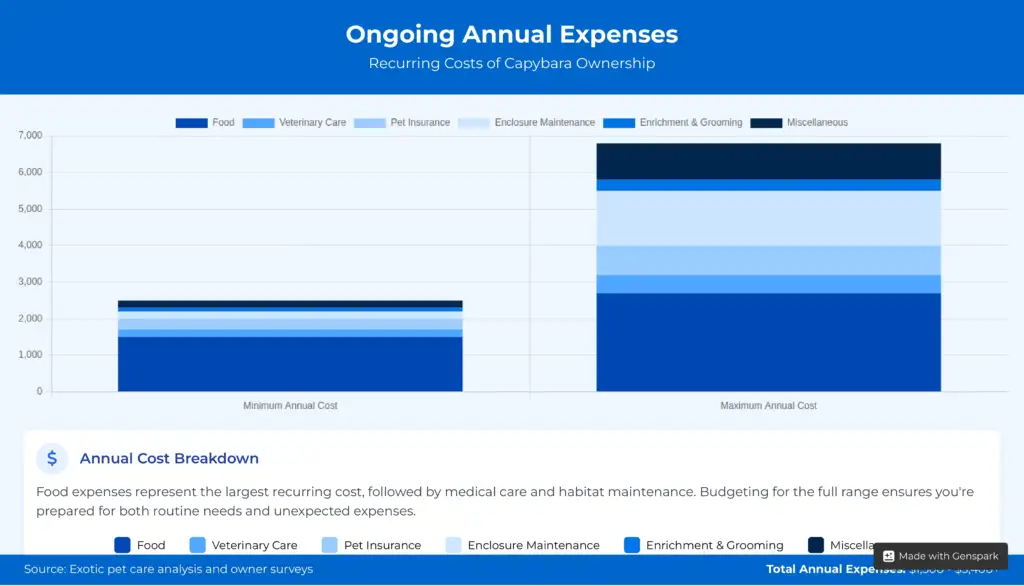
Capybara Ownership at a Glance: Summary of Costs
Owning a capybara is a long-term financial commitment that goes beyond the purchase price. From building a safe enclosure to ongoing veterinary care, enrichment, and emergency funds, the costs can add up quickly. Below is a comprehensive breakdown to help prospective owners plan realistically.
Comprehensive Cost Breakdown
| Cost Category | Initial Setup Estimate (USD) | Annual Ongoing Estimate (USD) | Notes/Considerations |
| Capybara Purchase Price | $1,000 – $3,000 | N/A | Varies by breeder, age, location, and ethical sourcing. May be higher for special traits or transport. |
| Legal & Administrative (Permits) | $50 – $500 (one-time/annual) | $0 – $100 (renewal) | Highly variable by state/local jurisdiction. Some areas ban ownership entirely. Research local laws first. |
| Enclosure & Habitat Setup | $2,000 – $15,000+ | $200 – $1,500+ | Depends on size, water feature complexity (pond/pool), climate needs, and DIY vs. professional build. Ongoing costs include repairs and cleaning. |
| Food & Nutritional Costs | $50 – $100 (starter supplies) | $500 – $1,200 | High-quality hay, pellets, and produce. Costs increase with capybara size/number. Bulk buying can lower costs. |
| Veterinary Care (Routine) | $100 – $300 (initial check-up) | $200 – $500 | Annual exams, parasite control, and vaccines. Exotic vet availability can affect costs. |
| Veterinary Care (Emergency Fund) | $1,000 – $5,000+ | N/A (savings) | A reserve for emergencies. Exotic animal procedures are often far more costly. Should be set aside and replenished as needed. |
| Pet Insurance | N/A | $300 – $800 | Annual premiums. Helps offset emergency vet bills. Price varies by age, health, and coverage. |
| Enrichment & Grooming Supplies | $50 – $200 | $100 – $300 | Toys, chews, brushes, and nail clippers. Can save with DIY enrichment projects. |
| Miscellaneous & Unexpected | N/A | $200 – $1,000+ | Covers repairs, replacements, special boarding during travel, or other unforeseen expenses. Highly variable. |
| Total Estimated Costs | $4,250 – $24,100+ | $1,500 – $5,400+ | Wide range due to location, quality choices, and individual circumstances. Emergency fund is separate and should be maintained. |
Disclaimer: These figures are estimates based on current market realities and may vary significantly depending on your location, access to exotic animal services, and personal choices. Always research thoroughly and plan for higher-than-expected expenses.
Key Takeaway: While the initial setup can run into tens of thousands of dollars, the ongoing costs are also substantial. Responsible ownership requires both financial readiness and a long-term commitment to the animal’s health and wellbeing.
The “True Cost” Beyond the Dollar: Time and Effort
While financial planning is essential, owning a capybara requires much more than money. The real investment lies in time, energy, and emotional commitment. These non-monetary costs often surprise first-time exotic pet owners and should be weighed carefully before making the decision.
Time Commitment: Daily Care, Socialization, and Training
- Daily Routines: Caring for a capybara is not a set-and-forget responsibility. Feeding, cleaning their living space, checking water quality, and monitoring their health must happen every single day.
- Social Needs: Capybaras are deeply social animals. In the wild, they live in large herds, which means a single pet capybara requires extensive daily interaction from its human family to avoid loneliness and stress. Owners should be prepared to spend hours each day engaging with them, especially if only one capybara is kept.
- Training: While not as straightforward as dogs, capybaras benefit from basic obedience and husbandry training. Teaching them to respond to simple cues or accept handling makes vet visits and grooming safer and less stressful,but it requires patience and consistency.
Emotional Investment and Lifestyle Adjustments
- Personal Sacrifices: Exotic pet ownership often means restructuring daily routines and limiting spontaneous travel. Arranging specialized care while away can be costly and stressful.
- Long-Term Dedication: Capybaras can live up to 10–12 years. That’s over a decade of daily commitment to feeding, cleaning, enrichment, and companionship. Owners must be prepared for a long-term bond,similar to parenting in many ways.
- Beyond the Dollar: The real “cost” of ownership isn’t just about finances. It’s about the hours of care, the lifestyle changes, and the responsibility of keeping a sensitive, intelligent animal healthy and emotionally fulfilled.
Key Takeaway: A capybara is not a casual pet. The true value of ownership comes from the time and love invested,not just the money spent. For the right person, this effort creates a rewarding bond, but it’s a commitment that should never be underestimated.
Capybara vs. Other Exotic Pets: A Brief Cost Comparison
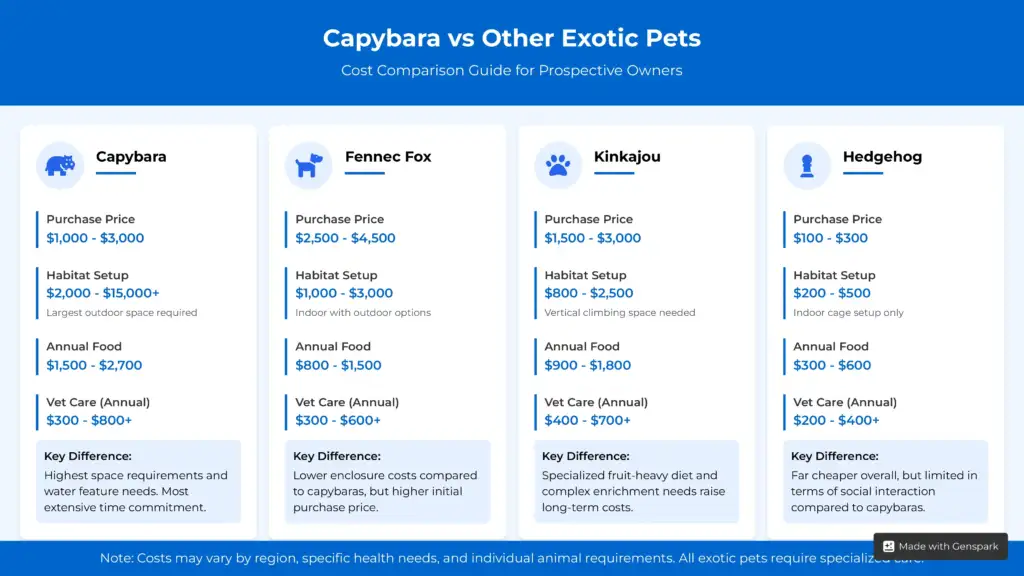
For many prospective exotic pet owners, the natural question is: How do capybaras compare to other unusual pets in terms of cost and care? Looking at a few popular alternatives helps highlight both the financial and practical realities of ownership.
Fennec Foxes
- Purchase Price: $2,500–$4,500 (often higher than capybaras).
- Habitat Costs: Moderate if primarily housed indoors, though outdoor enclosures with secure fencing are recommended.
- Veterinary Care: Can be difficult to find experienced vets; routine costs are similar to dogs but exotic surcharges may apply.
- Key Difference: Lower enclosure costs compared to capybaras, but higher initial price tag.
Kinkajous
- Purchase Price: $1,500–$3,000 (similar to or slightly lower than capybaras).
- Habitat Costs: Indoor habitats must be escape-proof; require vertical climbing space and enrichment.
- Veterinary Care: Specialized diets (fruit-heavy with supplements) and health sensitivities raise long-term costs.
- Key Difference: Habitat and diet complexity make ownership more demanding than cost alone suggests.
Hedgehogs (for perspective)
- Purchase Price: $100–$300 (much lower than capybaras).
- Habitat Costs: Cage setups $200–$500.
- Veterinary Care: Still require exotic vets; health issues like obesity and tumors can raise costs unexpectedly.
- Key Difference: Far cheaper overall, but limited in terms of social interaction compared to capybaras.
Capybaras in Context
- Purchase Price: $1,000–$3,000.
- Habitat Costs: Among the highest due to the need for large, outdoor enclosures with a dedicated water source.
- Veterinary Care: Exotic vet costs are significant; few vets have experience with semi-aquatic rodents.
- Key Difference: While not always the most expensive to purchase, capybaras often require the most extensive space and time investment, making them a high-commitment pet.
Bottom Line: Compared to other exotic pets, capybaras fall in the middle for purchase price but rank among the highest in terms of habitat requirements and time commitment. This makes them best suited for owners who can provide ample land, resources, and daily attention,not just the upfront cash.
Conclusion: Is Capybara Ownership Right for Your Budget?
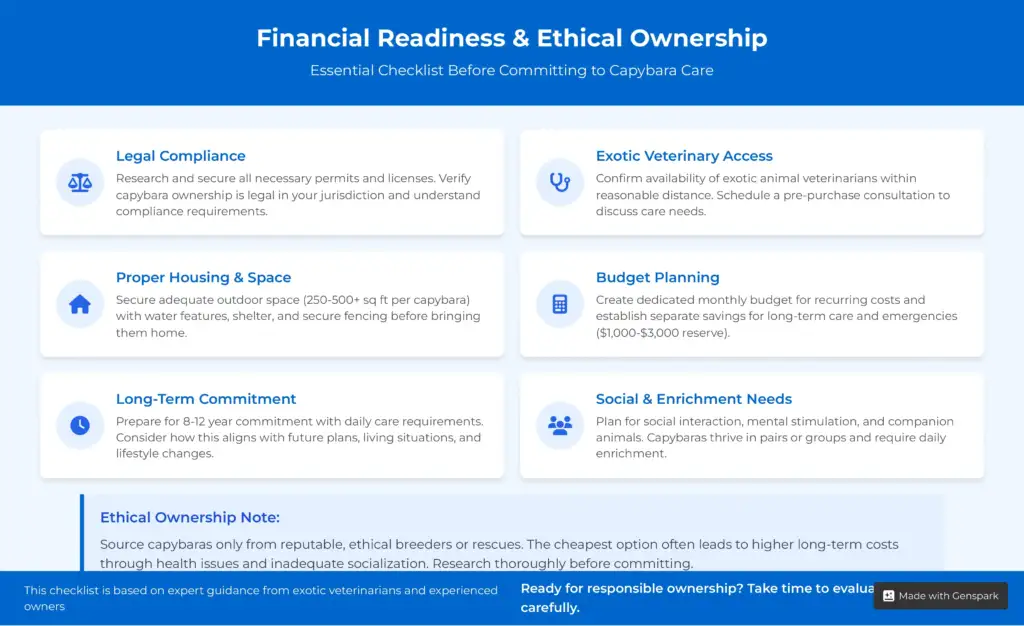
Recapping the Financial Commitment
Owning a capybara is far from a casual decision. Beyond the initial purchase price, prospective owners must be prepared for high habitat costs, specialized veterinary care, and the hidden expenses that often arise,such as emergency treatments, ongoing enrichment, and infrastructure maintenance. These are not animals that can thrive in a corner of the backyard; they require space, water, companionship, and attentive daily care.
Final Assessment and Self-Reflection
Before bringing a capybara into your life, take an honest look at your financial stability, available time, and long-term lifestyle goals. A capybara may live 8–12 years, meaning this is a decade-long commitment of both money and effort. Responsible pet ownership isn’t just about love,it’s about ensuring you can consistently meet your animal’s needs without compromise.
Call to Action: If you’re unsure, pause. Research further, connect with experienced exotic owners, and consult professionals before making any commitments. Choosing a capybara for the right reasons,rather than on impulse,is the foundation of ethical ownership.
Responsible Ownership and Transparency
It’s important to state clearly: capybara ownership is not for everyone. The challenges are real, the costs are ongoing, and the responsibility is substantial. But for those who can meet these demands, the reward is a truly unique bond with a highly intelligent, social animal.
By entering into ownership with open eyes, you ensure not only your peace of mind but also the health and happiness of the animal in your care.
Resources for Further Research and Support
- Association of Exotic Mammal Veterinarians (AEMV): https://www.aemv.org – Find veterinarians experienced in exotic mammal care.
- Exotic Animal Rescues & Sanctuaries: Seek out reputable organizations if you’re considering adoption over purchase.
- Local Licensing & Permit Information: Check your state or country’s wildlife and exotic animal regulations before moving forward.
Bottom Line: Owning a capybara is a serious, long-term financial and emotional investment. If you can meet these responsibilities with confidence, you may be ready for one of the most extraordinary experiences in exotic pet ownership.
